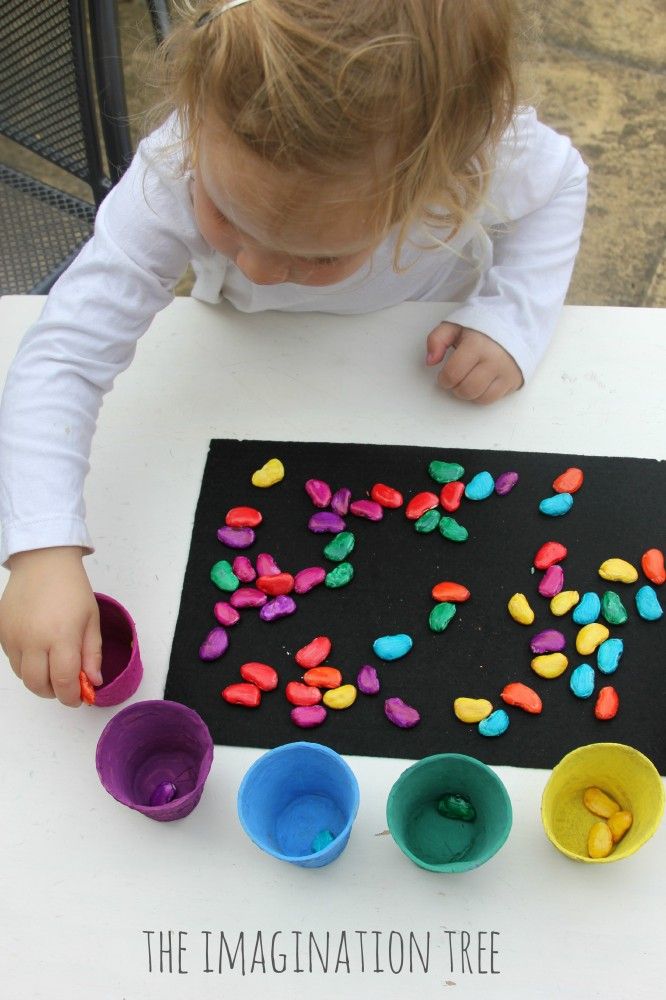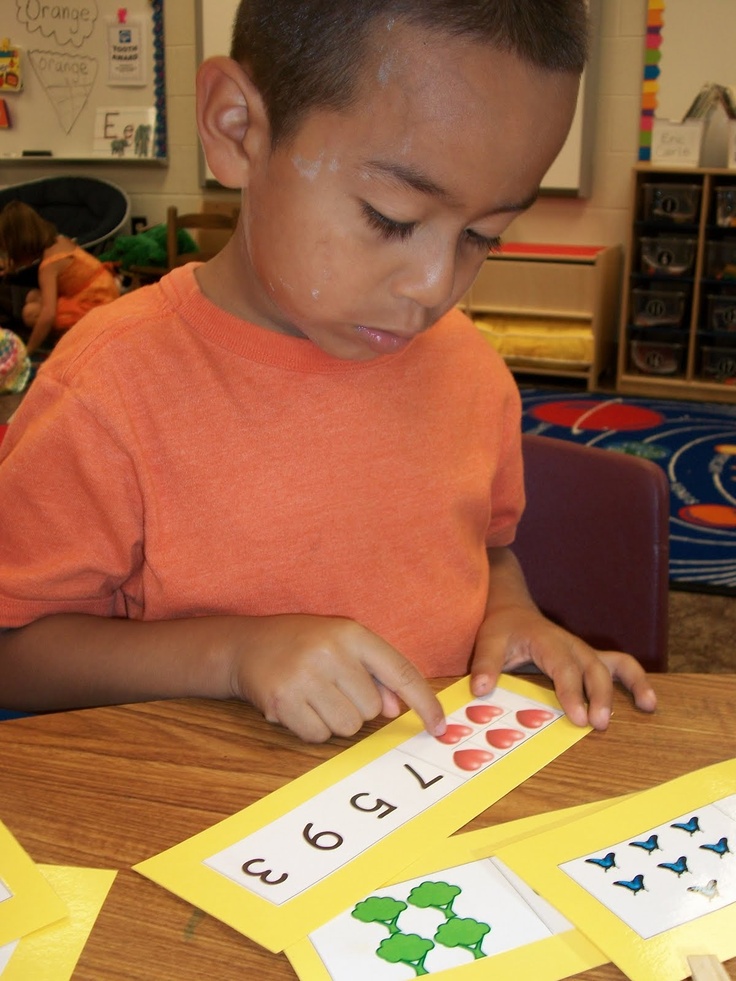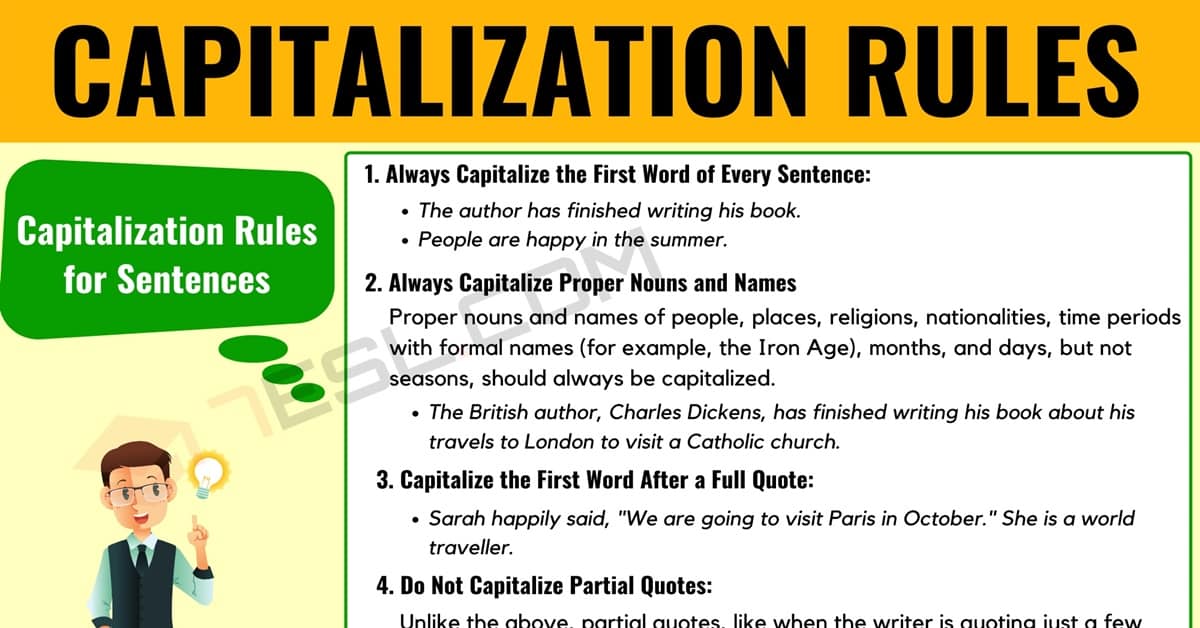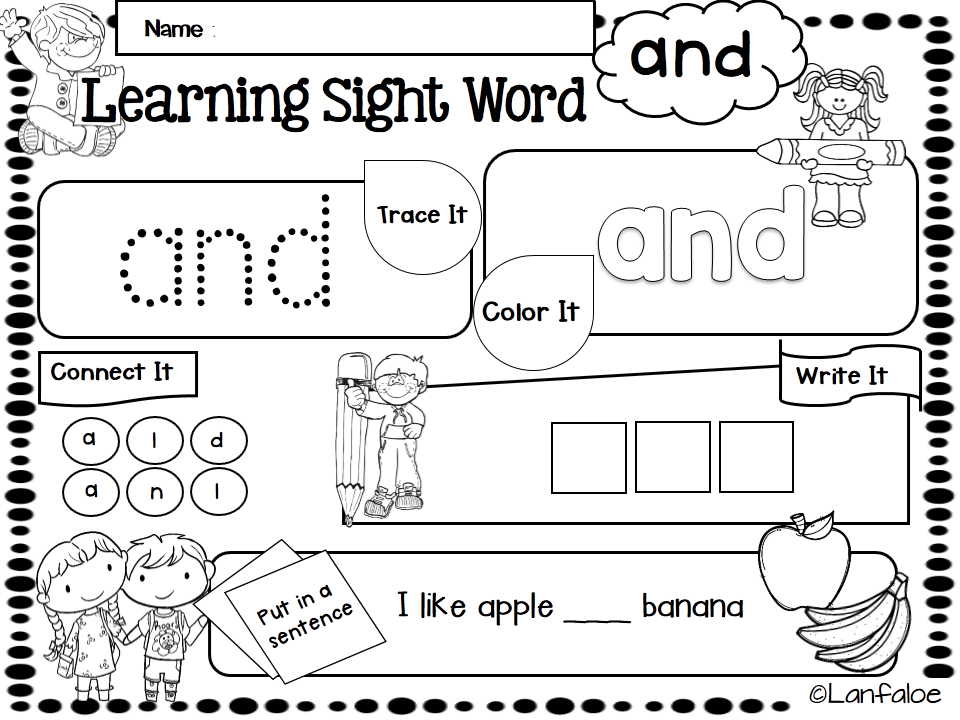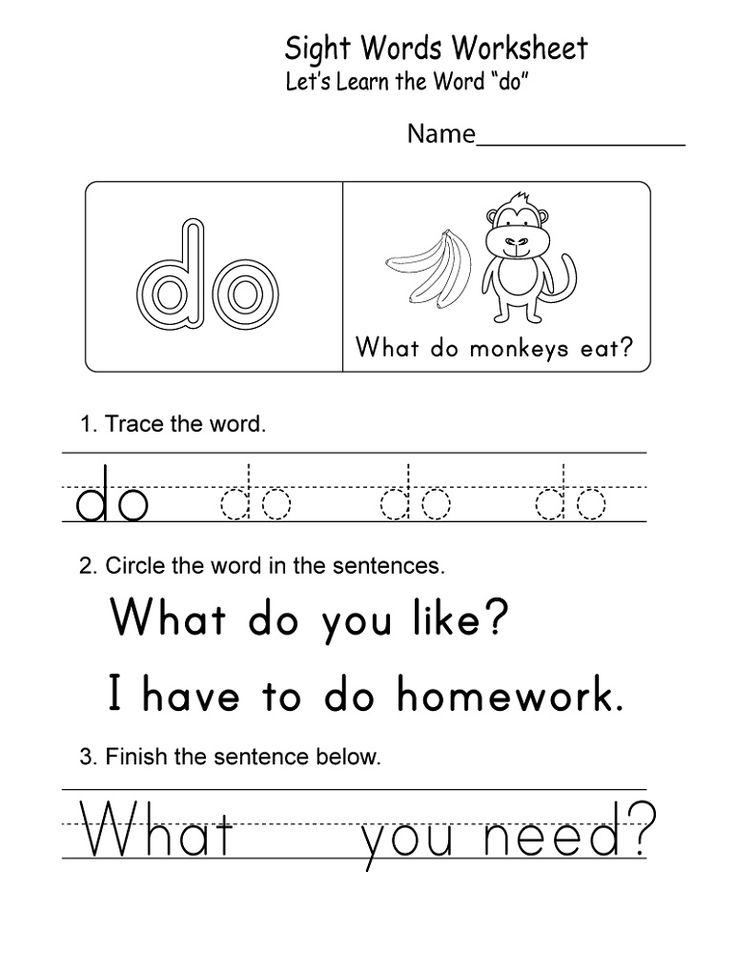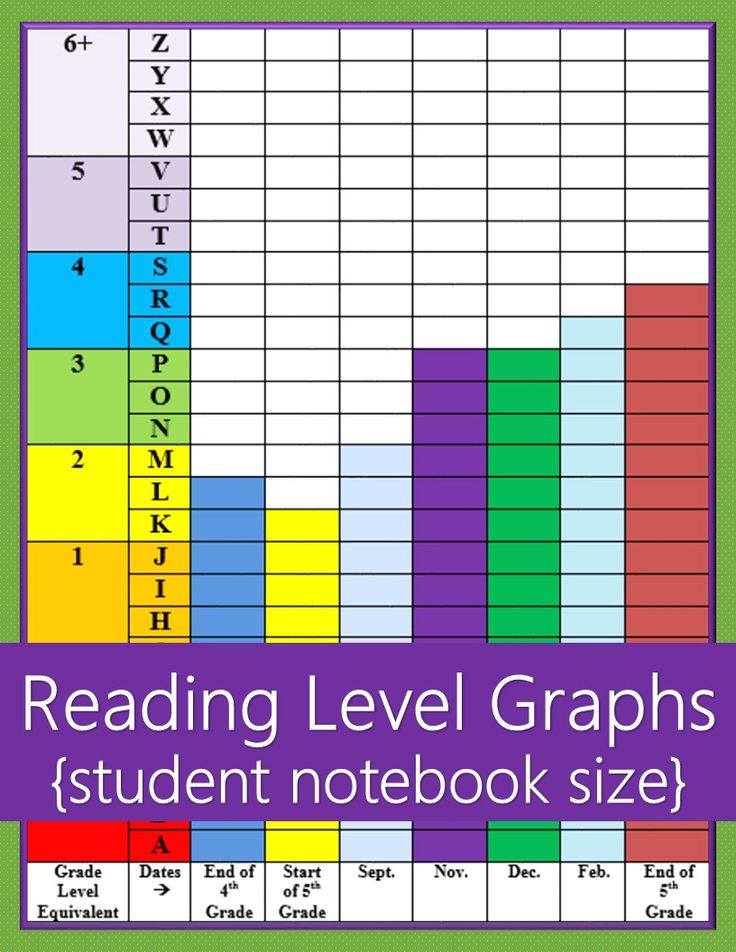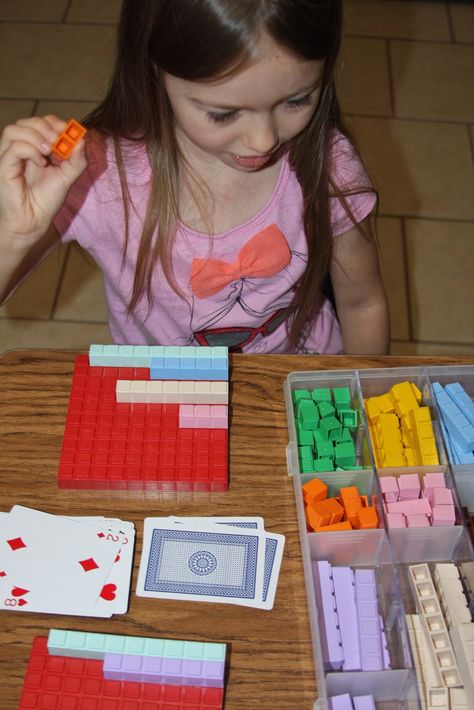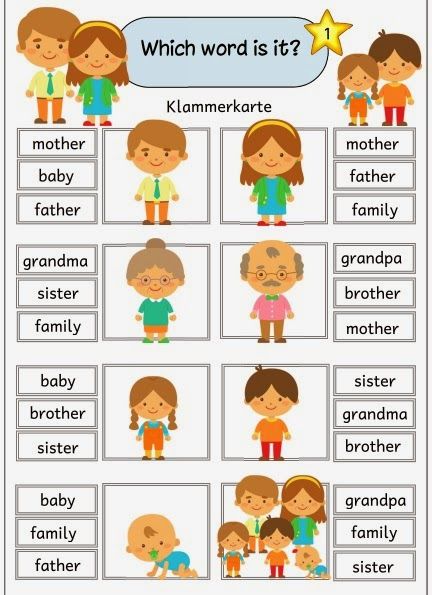Story telling for toddlers
Storytelling in the First Three Years
How is it that children are born with no language, let alone narrative skills, but that within 24–30 months most have learned the rudiments of story telling?
By Susan Engel, edited from the ZERO TO THREE Journal, December 1996/January 1997.
Introduction
My 2½ year old son, Sam, eagerly begins to tell a story he has heard and told several times before. He tells it to one of his brothers, who already knows the story. “When I was a born baby? (voice goes up as if asking a question) Jake was carrying me down the stairs and he, and he, he… (he turns to me) Mom, you tell the rest.” At 2½ Sam is already a budding raconteur, eager to share experiences from his past.
In this case he is sharing an anecdote that has been told to him by others in the family, an event he couldn’t possibly remember. As he has heard me tell it many times, at 2 weeks of age, his 9-year-old brother was carrying him down the stairs and slipped and fell all the way down.
I watched from a distance, horrified, as they disappeared behind the staircase wall and bumped their way down. I ran over to them at the bottom of the stairs, where Jake sat holding his baby brother, sobbing and saying to me, “Its alright, he’s okay, I didn’t let him go, he’s fine.”
One can imagine the different feelings and thoughts this dramatic story engenders in each family member. What is so fascinating is that Sam, at age 2½, already knows it is a powerful story and wants to tell it again. He no doubt finds it more interesting than other stories he might have heard, because he is a central character in it. And though he cannot yet tell the whole story on his own, he begins in proper narrative form “…When I was a born baby…,” setting the scene in time and identifying the central character.
Storytelling is perhaps the most powerful way that human beings organize experience. Some have argued that narrative thinking is the optimum form of thinking for learning and expressing what we know about our selves and about other people (Bruner, 1986; Schank, 1990).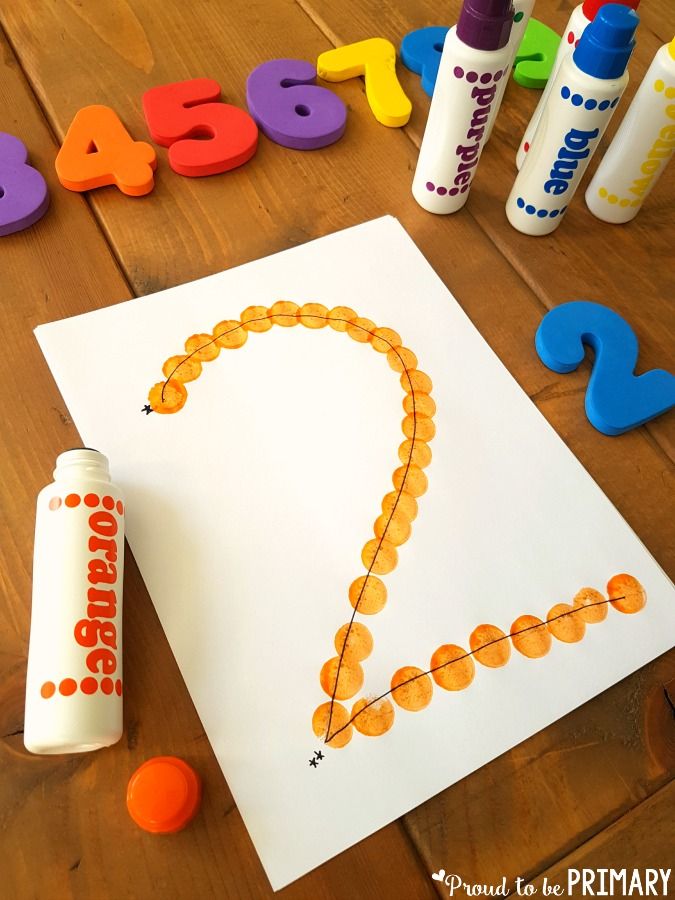 Sam’s retelling of his adventure falling down the stairs captures some of this. The story not only organizes an even from our past. Both the story and the telling of the story convey important information about relationships and feelings in our family.
Sam’s retelling of his adventure falling down the stairs captures some of this. The story not only organizes an even from our past. Both the story and the telling of the story convey important information about relationships and feelings in our family.
By the time most children are 3 or 4 they can tell many kinds of stories: autobiography, fiction, and reports they have overheard. They can tell stories with other people, and to other people. By the time most children are adolescents, stories—whether formal, conversational, and unspoken—pervade daily life. In adulthood narratives provide a form for organizing huge amounts of information and serve a host of powerful psychological and social functions. What goes on in the first 3 years to prepare us for this astonishing array of abilities?
How is it that children are born with no language, let alone narrative skills, but that within 24–30 months most have learned the rudiments of storytelling: how to sequence events, how to set action in place and time, and organize a story around characters.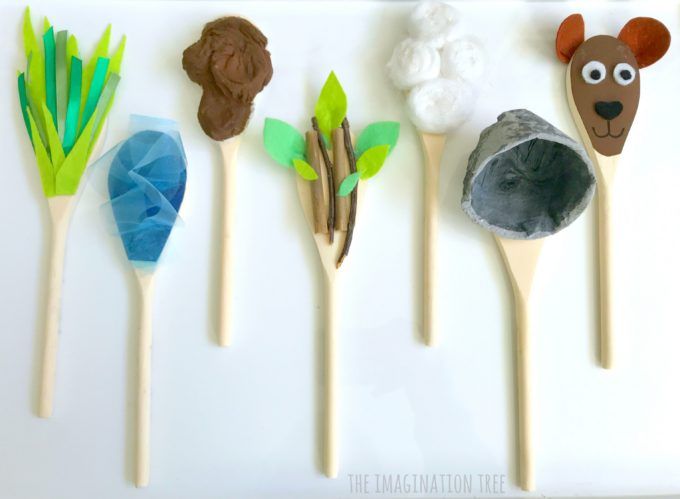 Where did Sam learn that telling a story is a good way of getting the attention of others, and that you can get a lot of social and emotional mileage out of telling a good story? How and where did he figure out what his community deems to be a good story?
Where did Sam learn that telling a story is a good way of getting the attention of others, and that you can get a lot of social and emotional mileage out of telling a good story? How and where did he figure out what his community deems to be a good story?
Until about 10 years ago the common wisdom among early childhood specialists was that children are rooted in the here and now. Research had suggested that toddlers are only interested in what they can see and do at the moment, unable to think about things that have happened in the past or will happen in the future. But over the last 15 years a number of studies have shown that, in some cultures at least, parents and their babies talk about the past and future much more frequently and in greater depth than we had ever expected (Engel, 1995; Nelson, 1989).
Studies have shown us that social interaction is not only the site of emerging abilities such as conversation and storytelling, but that the input of conversational partners can have a strong influence on what a child learns (Miller & Sperry, 1988; Snow & Ferguson 1977).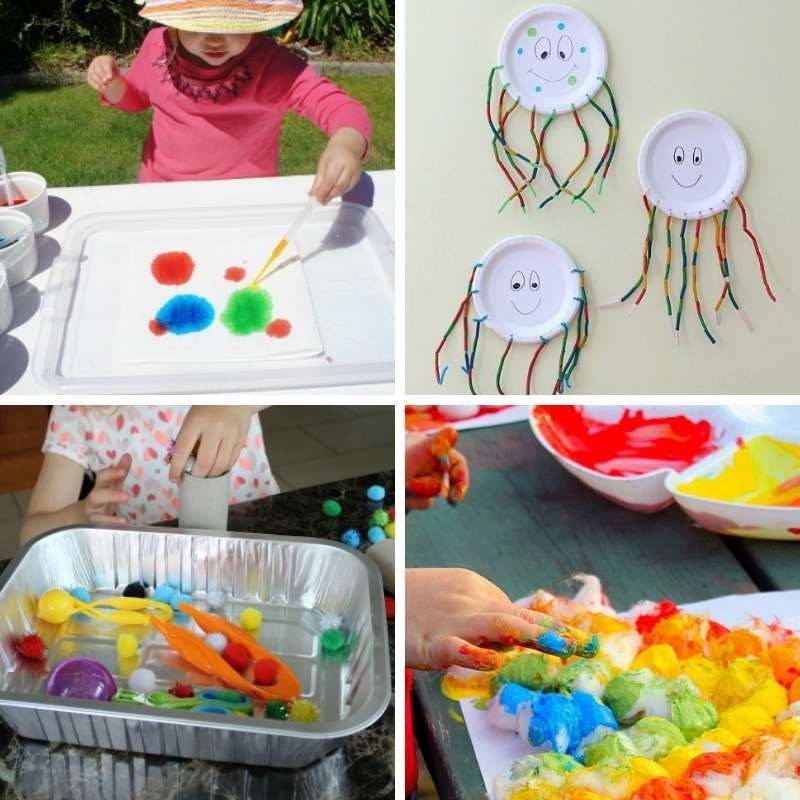 Studies have shown, for instance, that communities (and cultures) vary not only in how much they talk about the personal past, but in what kinds of stories about the past they value (Brice Heath 1983).
Studies have shown, for instance, that communities (and cultures) vary not only in how much they talk about the personal past, but in what kinds of stories about the past they value (Brice Heath 1983).
Before taking a look at the developmental path of storytelling, it might be helpful to outline a working definition of narrative. For my purposes, a story is a description of an event, set in a time and place. Things happen to someone, and they happen over time. The sequence of events must be meaningful; in other words there must be a theme that emerges through the chronological account, there must be at least a hint of a problem or tension, and the resolution of that problem. Choose any great and lasting novel, or well-loved story, whether it be Great Expectations or the story of Noah’s Ark, and it fits these criteria. This then, is the basic narrative structure that children must master. And it turns out children begin using this narrative structure even before they can do it with words.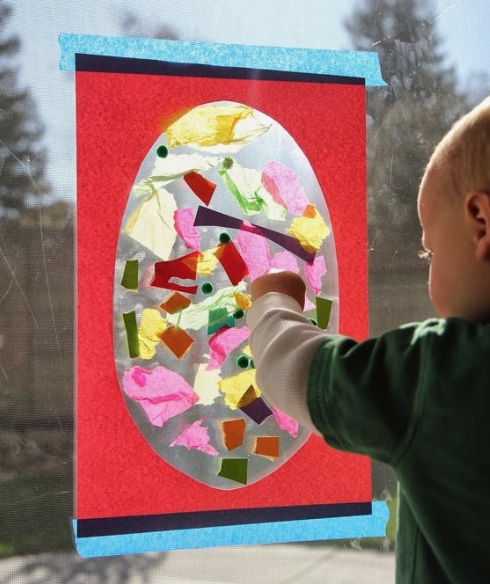 As you will see in the following pages, the first narratives look quite different from the narratives of the 15- or 50-year-old. But all human abilities have to start somewhere.
As you will see in the following pages, the first narratives look quite different from the narratives of the 15- or 50-year-old. But all human abilities have to start somewhere.
Play and Narrative
Just as Bruner (1986) suggested that grammatical structure is embedded in the early play actions and routines of young children, so too the elements of storytelling are implicit in the play scenarios of toddlers. A 20-month-old girl, Sarah, holds a small figure of a horse in her hand. She moves the horse as if he is running, and then drops him. “Oh no. Poor horsey. That horsey is sick. But here comes his mommy. His mommy gave him medicine and made him better.” While this may not be Oliver Twist, it is a story. Sara is describing a sequence of actions. The actions have an underlying theme that is meaningful. There are characters in her story, there is emotion, and there is an ending.
Even children who do not narrate their play are enacting a narrative with their gestures.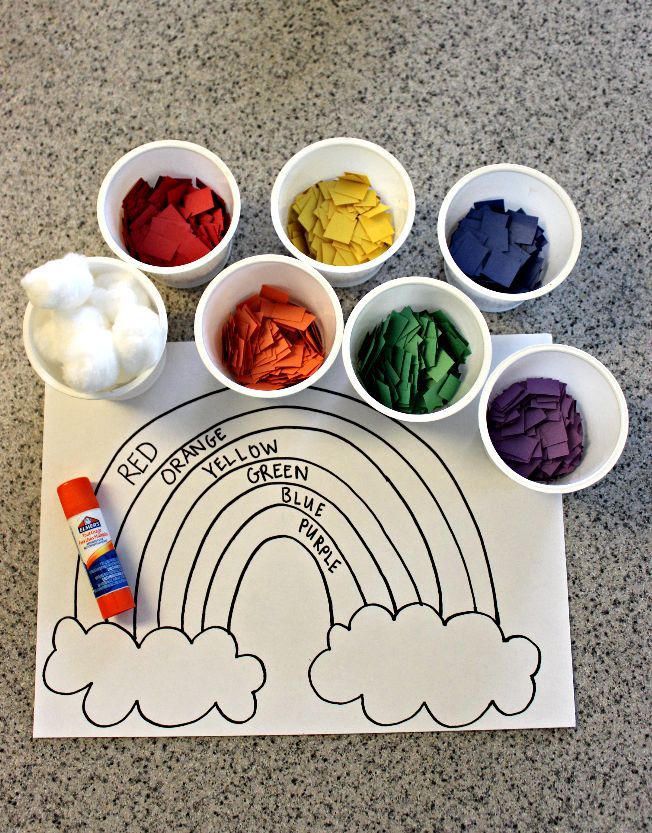 It has been shown that children engage in this kind of symbolic play more and in richer ways when they do it with a facilitating adult, usually a parent or caregiver. A typical interaction consists of a young child moving a toy around, guiding the toy or toys through a sequence of actions. Often it is the adult who provides the language that highlights the narrative form embedded within the child’s play gestures. For instance, a 22-month-old boy moves two figures on a table top. His father says, “Oh look. Are those knights fighting? Oh look there, the green knight pierced the blue knight. Hurrah. Sir Greenie is the champion!”
It has been shown that children engage in this kind of symbolic play more and in richer ways when they do it with a facilitating adult, usually a parent or caregiver. A typical interaction consists of a young child moving a toy around, guiding the toy or toys through a sequence of actions. Often it is the adult who provides the language that highlights the narrative form embedded within the child’s play gestures. For instance, a 22-month-old boy moves two figures on a table top. His father says, “Oh look. Are those knights fighting? Oh look there, the green knight pierced the blue knight. Hurrah. Sir Greenie is the champion!”
Reminiscing With Others
The other primary way that young children acquire and explore the narrative form is by talking about the past with their parents.
Just as with symbolic play, telling stories about the past also seems to take place in a kind of intersubjective transaction in which child and adult collaboratively build the story. The youngest reminiscer depends on his partner to create a description of the past.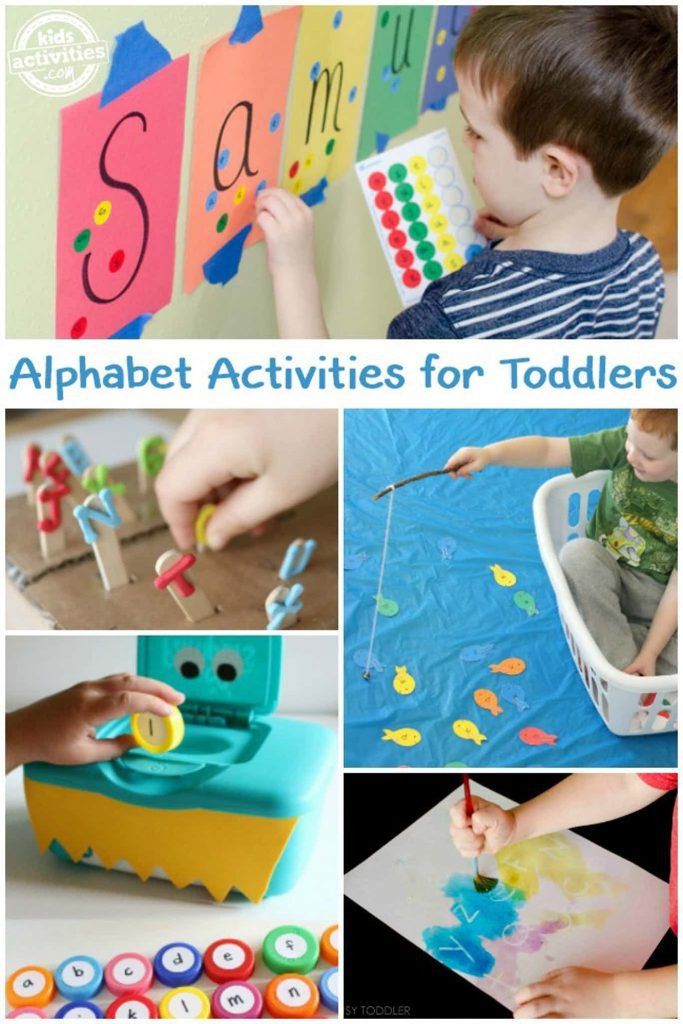 Equipped with an innate drive to tell stories, and the most rudimentary tools for doing so, the youngest storyteller looks to the adult to evoke the past so that the child can contemplate, contribute, go over, and ultimately internalize a narrative rendering of his experience.
Equipped with an innate drive to tell stories, and the most rudimentary tools for doing so, the youngest storyteller looks to the adult to evoke the past so that the child can contemplate, contribute, go over, and ultimately internalize a narrative rendering of his experience.
Long before a baby can refer to his or her past, or even converse with another about the past, parents talk to their children about what has happened. A mother looks at her 14-month-old daughter and holds up a photograph of them standing under a tree with ice cream cones. “Remember when we went to Friendly’s and got ice cream? That was fun wasn’t it? You got white ice cream with colored sprinkles. And there were sprinkles all over your face. We laughed, didn’t we?”
What is happening here? The mother is teaching her daughter that it is interesting , useful, worthwhile, and satisfying to reminisce. The mother is also building up a shared past with her child. Parents and their toddlers tend to talk about experiences they have had together.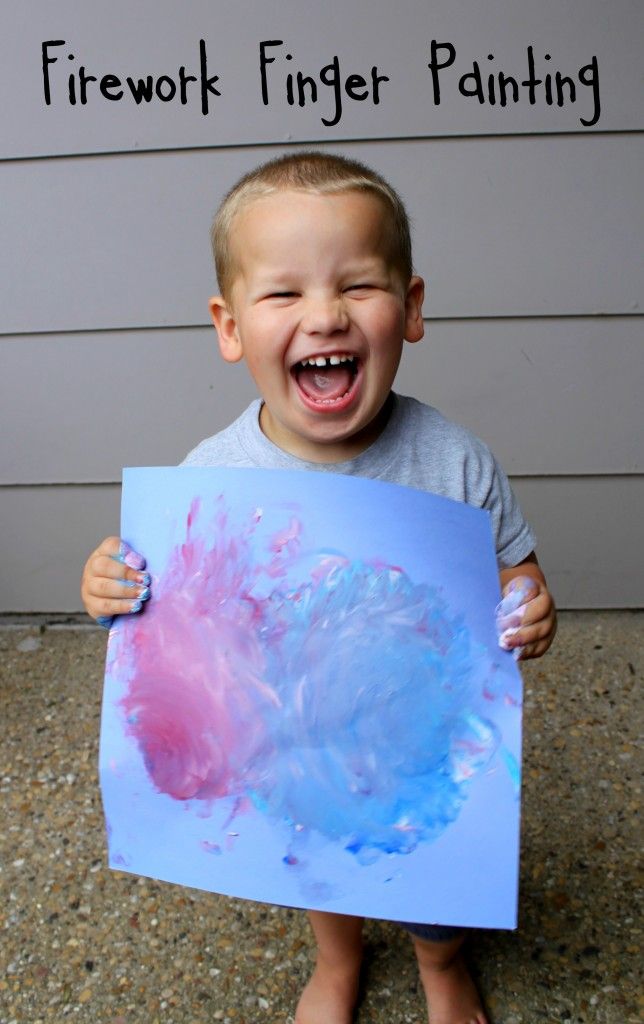 Not only does this enable them to collaborate in the telling, it is also one of the ways we build and maintain intimacy (even into adulthood). When this mother talks about the ice cream incident she is also teaching her child what makes a good story. Interchanges like this can be found wherever parents and their young children are together. But the nature of the collaboration changes as the child develops.
Not only does this enable them to collaborate in the telling, it is also one of the ways we build and maintain intimacy (even into adulthood). When this mother talks about the ice cream incident she is also teaching her child what makes a good story. Interchanges like this can be found wherever parents and their young children are together. But the nature of the collaboration changes as the child develops.
An Early Stage
At a first stage children are attentive and responsive observers to their parents’ tales. They not only watch their mother’s face carefully as she tells stories of personal experience, they nod, repeat a word now and then as a way of showing interest and or keeping the mother going, and respond with emotion, sometimes anticipating emotion in a well-learned story. An interesting detail that will be familiar to any adult who has spent a great deal of time with the same child is that children love to hear the same story over and over again. From a cognitive as well as emotional perspective there are good reasons for this.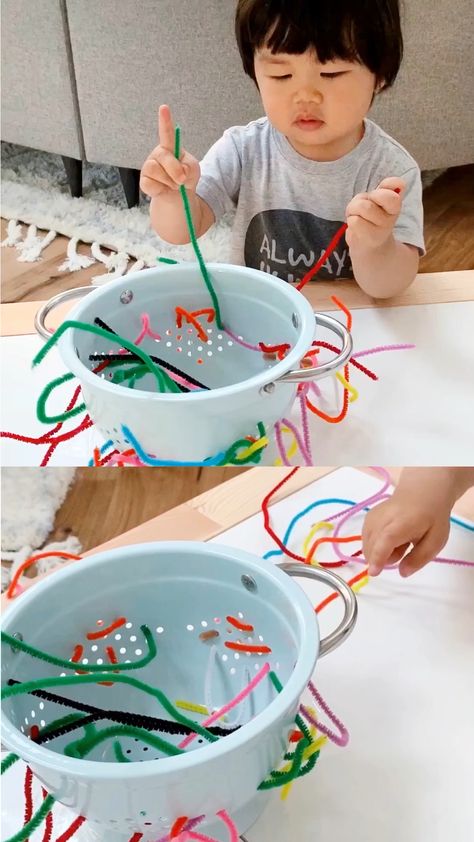 My son liked to hear the story of falling down the stairs over and over again, not only for the slight dramatic buzz and pleasure of resolution it gave him (just like a game of peek-a-boo for a 9 month old). It also gives him a chance to internalize the story and master the pieces.
My son liked to hear the story of falling down the stairs over and over again, not only for the slight dramatic buzz and pleasure of resolution it gave him (just like a game of peek-a-boo for a 9 month old). It also gives him a chance to internalize the story and master the pieces.
A Second Stage
At a later stage children begin to participate, adding elements to the story, taking on greater pieces of the authorial responsibility. The mother of George, 30 months, says, “Georgy, wasn’t that fun going to the lake?”
George nods attentively.
The mother continues, “You loved the water didn’t you? You weren’t scared one little bit, were you?”
George offers, “I said ‘Wow.’”
His mother replies, “Yes that’s right. You jumped right in and the water was very cold, and you shouted out, ‘Wow,’ didn’t you? That was funny.“
Georgy adds more, “There was fishes.”
His mother again elaborates his contributions. “Oh yes, there were lovely fishes weren’t there? And we tried to catch one.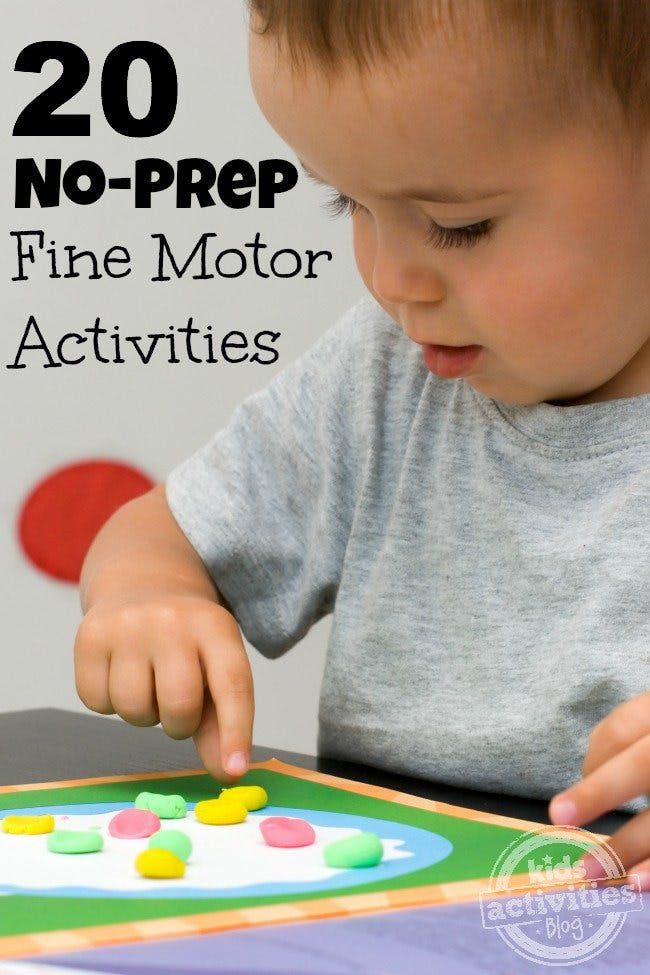 But they were too fast for us.”
But they were too fast for us.”
At this point, mother and child construct a story across turns. Though Georgy (or any other toddler) may not yet be able to organize a story, frame it in time or place, or know the syntax for representing past experience, he can join in his mother’s description, adding information, details, and perspective at just the right point. Together the conversational pair constructs a story.
A Third Stage
Finally, by the time children are 3 years old they can tell a whole story by themselves, or contribute pieces to a parent’s story that the parent didn’t even know about.
While the youngest storytellers (18–36 months) depend on conversation and a strong conversational partner to construct stories, slightly older children are eager to recount stories on their own. By the time children are 3 they have a well-internalized notion of what it means to tell a story, and what the basic requirements of a story are. My son Sam, for instance, at 2½ says, many times a day, “Do you wanna hear THIS story?” and proceeds to tell stories such as the following: “When Ariel was swimming he saw a huge humongous sting ray and it stung him and he had to go to the hospital. ”
”
Typical of this stage, Sam’s stories often draw on some kernel of a real even (He knows someone named Ariel who did in fact take kayaking trips in Mexico, where there are sting rays). A different man, related to Ariel, did in fact get stung by something in the water. Sam has mixed up these two people and events, but with good reason, and then added a dramatic touch, that Ariel had to go to the hospital (totally made up). But Sam also shows that he understands the social, linguistic, and cognitive requirements of the story telling situation.
It is only at this point that children actually negotiate the past with their parents, suggesting that it is only now that they have an individual internal representation of the experience, separate from the one they might co-construct with a parent.It is typical for a 3-year-old to bring up an event from the past and feel quite frustrated and distraught when a parent not only doesn’t recall the episode but cannot echo and elaborate in a way that fills out and reflects back the story.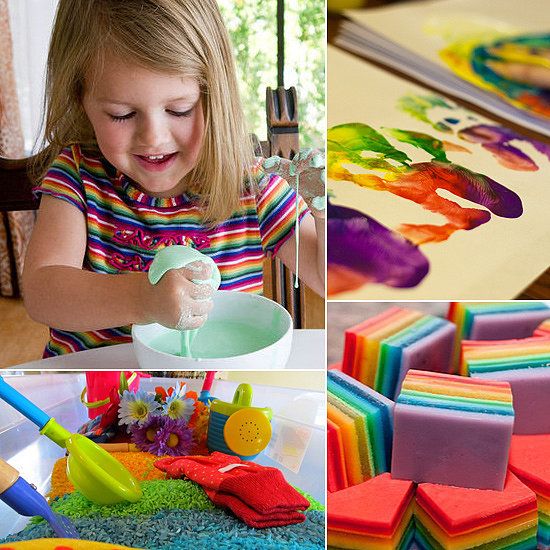
Not all parents and children tell stories equally frequently, for the same purposes, or in the same style. What are some of the individual differences we have found in the way parents and children tell stories?
Reminiscers and Practical Rememberers
In our study Learning to Reminisce, we found that some mothers talk a great deal about the past with their toddlers. They tell fairly well embellished stories about the past that include many details. Parent and child take many conversational turns in describing a shared experience. Perhaps most interesting, these mother/child couples seem to talk about the past for no other reason than because it is an enjoyable, interesting thing to do together.
For instance a child points to a flower in a vase on the table. The mother says, “Isn’t that a lovely flower? Remember when we picked that flower? We walked way out into the field. The grass was wet, and you wanted to take off your shoes. Do you remember what else we found out there?
The child offers, “Slug!”
And the mother continues her story, “Oh yes.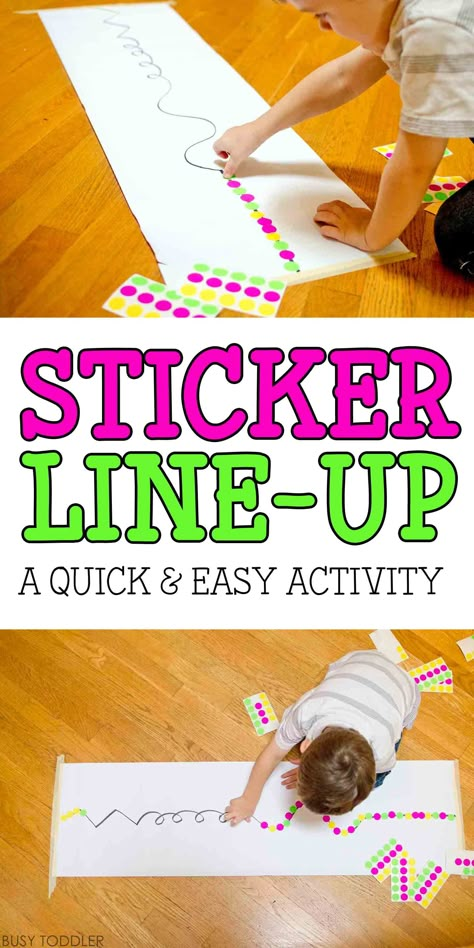 That was really slimy wasn’t it? Ick. We hated that slug.” All the while her child is staring at her attentively, sharing in this review of experience.
That was really slimy wasn’t it? Ick. We hated that slug.” All the while her child is staring at her attentively, sharing in this review of experience.
On the other hand, some mothers and their young children seem to refer to the past fairly infrequently. These mother/child couples tell short, spare stories, with few conversational turns, and few details. Again, perhaps most revealingly, they usually only refer to the past as a way of explaining or clarifying something they are doing in the present. For instance, a practical remembering mother might say to her toddler, “Find your sneaker, Zoe. Did you hide it yesterday? I think you put it under the chair.”
We found that by the time these children were 3½ the reminiscers were more able to contribute new information to conversations about the past, keep a conversation going longer, and more likely to initiate conversations about that past. In other words, it appeared that the style the couple had at the outset of the study predicted how much and how the child would talk about the past 6 months later.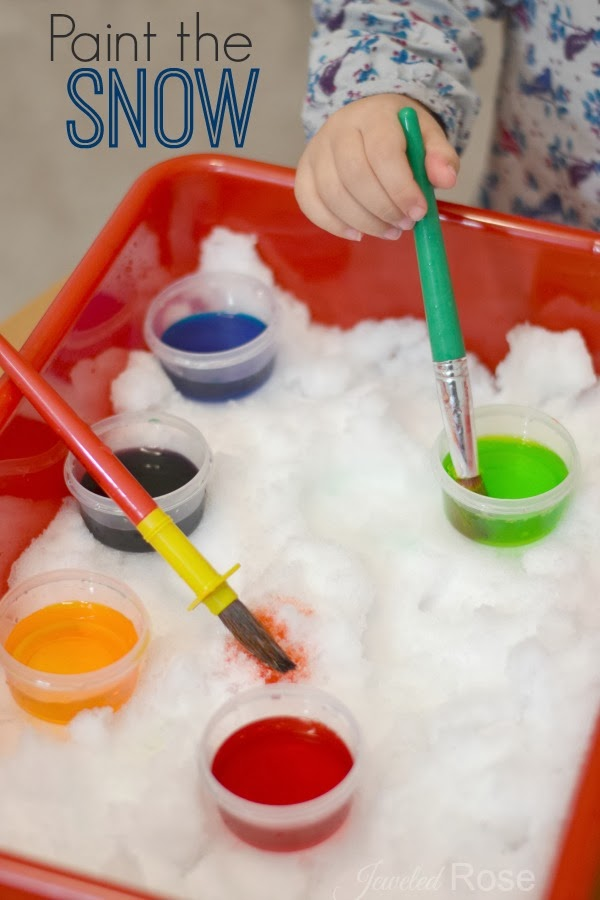
Having found stylistic differences in the way toddlers and their parents talked about the past, we decided to see if these differences showed up in the peer interactions of preschoolers. We observed 3- and 4-year-olds in a day care setting and found that the children did in fact use the two narrative styles: reminiscing and practical remembering. Some research has indicated that shy children are less likely to be reminiscers than outgoing children. What we don’t know is what causes what. That is, perhaps if you are not adept at storytelling you become outgoing. Perhaps the two characteristics tend to coincide, or perhaps shyness inhibits storytelling. Any one of these possibilities would be fascinating to explore further.
By the time children reach their fourth year they begin to explore the array of narrative genres available to them. At this point, one striking characteristic is their sensitive ear for style. Children are quite attuned to different kinds of formats, tropes, and other stylistic aspects of storytelling.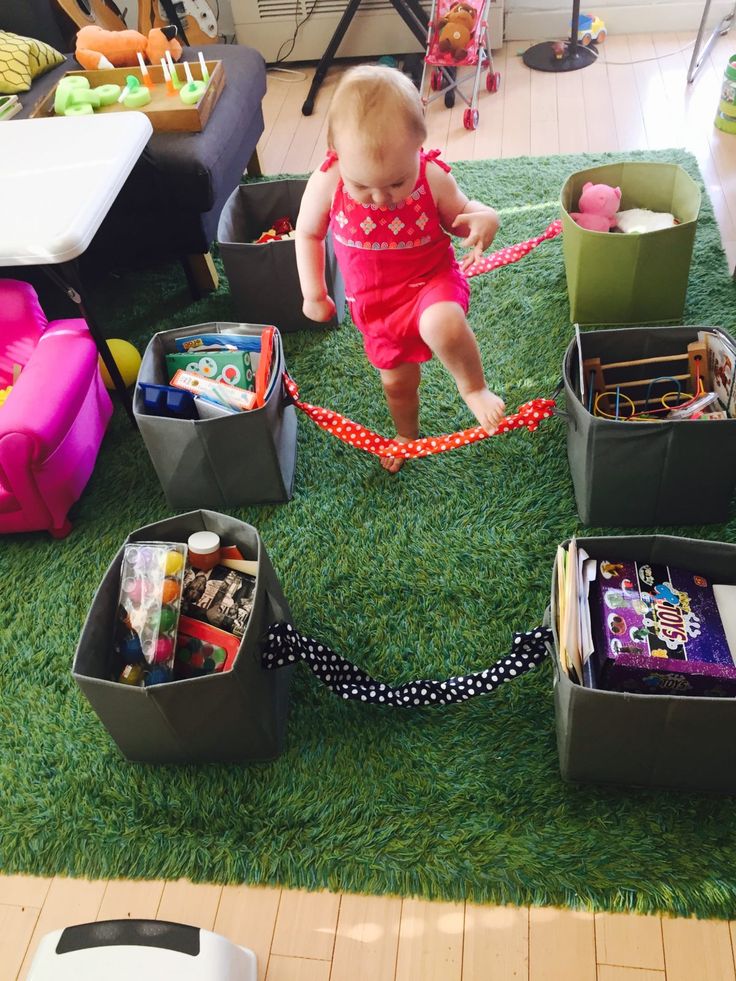 They reveal this sensitivity in the narratives they tell in response to ones that they have heard. For instance, in one study children heard poems and stories written by authors such as Emily Dickinson and Sylvia Plath. When invited to write their own stories in response, many of the children incorporated the rhyming patterns, formats, and metaphoric imagery used by Plath, Dickinson, and others (Engel, 1995). A perfect example of this is children’s eagerness to tell knock-knock jokes long before they really understand the mechanics of such a joke. They capture, and use, the format and sound of the joke, filling in with their own content. Before children can explain a metaphor, or make up ones that are easily interpretable, they get the basic structure and love exploring its possibilities.
They reveal this sensitivity in the narratives they tell in response to ones that they have heard. For instance, in one study children heard poems and stories written by authors such as Emily Dickinson and Sylvia Plath. When invited to write their own stories in response, many of the children incorporated the rhyming patterns, formats, and metaphoric imagery used by Plath, Dickinson, and others (Engel, 1995). A perfect example of this is children’s eagerness to tell knock-knock jokes long before they really understand the mechanics of such a joke. They capture, and use, the format and sound of the joke, filling in with their own content. Before children can explain a metaphor, or make up ones that are easily interpretable, they get the basic structure and love exploring its possibilities.
A 3-year-old girl, Justine, paints with watercolors. Her mother asks her if she would like to write anything to go with her picture. The young painter nods immediately and dictates, “The guy who went up the steep nicken and then he fell down and hurt his nicken on the schnocks of the nicks.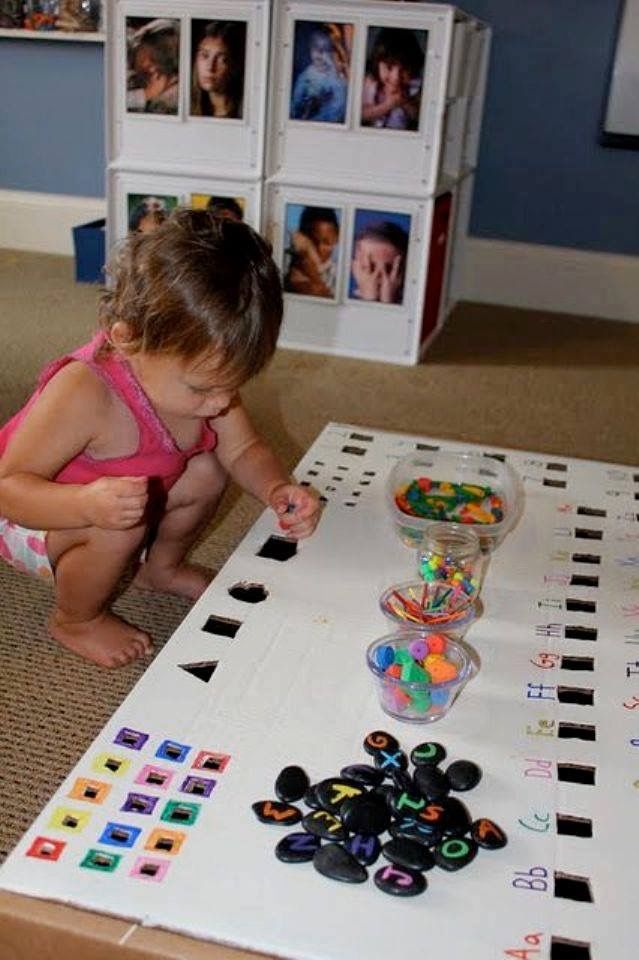 ”
”
This example shows how alive the narrative form is for young children. They are equally consumed by what the story is about, how it is told, and the reasons it is told. The process of telling the story is often as satisfying and psychologically rewarding as the story one ends up with. In the example above, the process of making up words and creating alliterations is as important as the content of the story. This is a child who has been encouraged to play with language, and to use stories as a form of play.
A 3-year-old boy, seemingly out of nowhere, recounts to an adult friend: “‘You know what?’ said the mommy. ‘You have a stomach ache.’ ‘No that’s not true’ said the little boy. He put his nose right up to his mommy, ‘I have a bear on my tummy.’”
This story, though brief, is remarkably complex. He tells the story in terms of tightly interwoven dialogue. The characters in the story respond in contingent sentences (sentences that relate to one another both grammatically and in terms of content. ). Moreover, the dialogue is used not just as an elaboration or detour, but to build the story. This story-through-dialogue conveys a narrative “problem”–the mother’s belief that the boy has a stomach ache. The story ends with a surprising turn of events (the bear on the stomach) that also serves as a resolution to the dramatic problem. This child, as it happens, has been talked and read to a great deal since infancy. It is possible that his precocious mastery and use of narrative techniques comes from his exposure to a wide array of narrative material.
). Moreover, the dialogue is used not just as an elaboration or detour, but to build the story. This story-through-dialogue conveys a narrative “problem”–the mother’s belief that the boy has a stomach ache. The story ends with a surprising turn of events (the bear on the stomach) that also serves as a resolution to the dramatic problem. This child, as it happens, has been talked and read to a great deal since infancy. It is possible that his precocious mastery and use of narrative techniques comes from his exposure to a wide array of narrative material.
It turns out that story telling is the single strongest predictor of literacy. Gordon Wells has shown in his wonderful study of Bristol children that those who told and heard stories at home under 4 years old were the most likely to have ease and interest in learning to read once they got to school (Wells, 1986).
What Storytelling Can Do
A 2½-year-old recounts to an uncle, “We were on the plane. And a man yelled at Dan (his brother).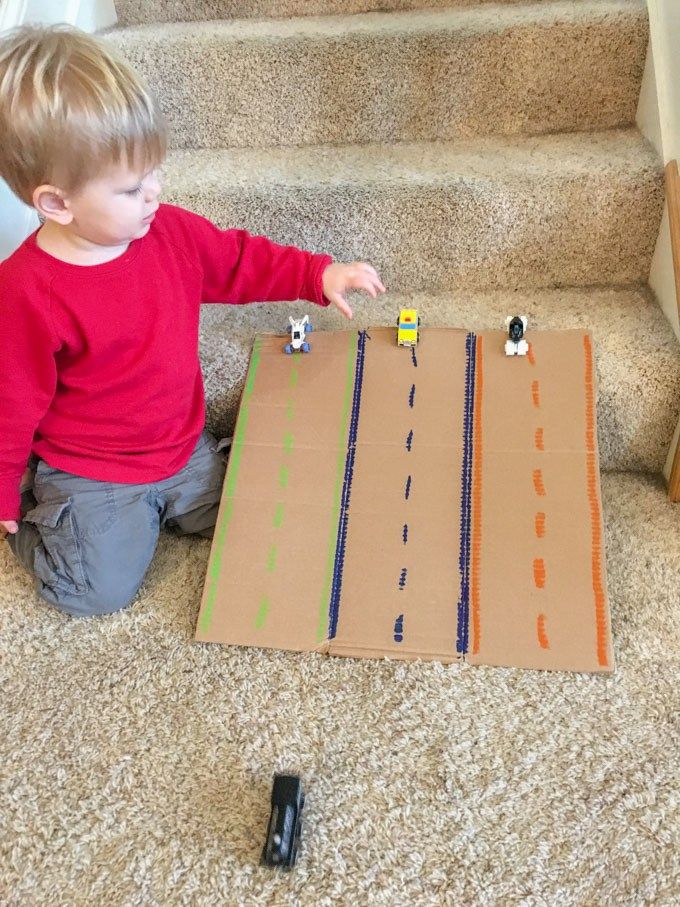 And Mommy got mad at the man. And after we sat down, I said to Mommy, ‘That man was jerk. Right, Mommy?’ And everyone laughed.” His audience (his uncle) explodes in laughter.
And Mommy got mad at the man. And after we sat down, I said to Mommy, ‘That man was jerk. Right, Mommy?’ And everyone laughed.” His audience (his uncle) explodes in laughter.
When a child tells a story, he not only means something, feels something, refers to an event; most important, he DOES something.
What was this child doing? He was sharing part of his life experience, entertaining, surprising, and amusing his uncle, practicing his skills as a raconteur, and establishing his identity as brave and audacious. Austin’s brilliant book, How To Do Things With Words, showed that words not only mean and refer to things, they do things. We can promise, threaten, marry, decree, etc. The same is true of stories. People do things with stories.
One of the things they do is to narrate an inner life, and an identity, and share that inner life and identity with others. In studies of Baltimore families talking about the past, Peggy Miller showed that children often describe upsetting experiences to their parents.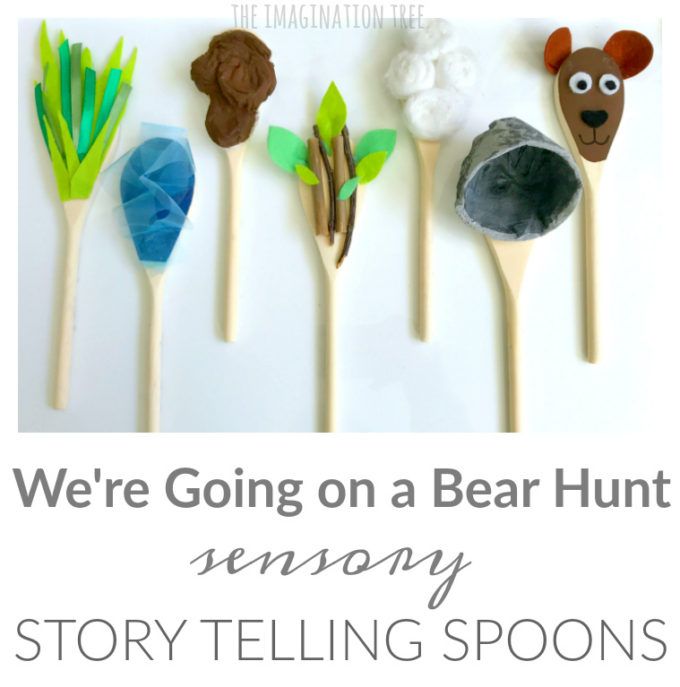 The stories create two levels of emotional transaction: a replay of whatever they went through, and whatever emotional response they elicit upon telling the story (Miller & Sperry, 1986). Bruner has suggested that narratives act as cooling vessels, in which emotionally and cognitively powerful experiences can be reconstructed with less impact than they originally had. When children retell upsetting experiences they benefit from the distance the retelling gives them. Similarly the adult’s reaction has the potential to be vivid enough to make the retelling cathartic, and at the same time calm enough to make the retelling safe and helpful.
The stories create two levels of emotional transaction: a replay of whatever they went through, and whatever emotional response they elicit upon telling the story (Miller & Sperry, 1986). Bruner has suggested that narratives act as cooling vessels, in which emotionally and cognitively powerful experiences can be reconstructed with less impact than they originally had. When children retell upsetting experiences they benefit from the distance the retelling gives them. Similarly the adult’s reaction has the potential to be vivid enough to make the retelling cathartic, and at the same time calm enough to make the retelling safe and helpful.
As I have described elsewhere, storytelling is an essential, perhaps the essential activity of human beings (Engel, 1995). It serves a myriad of functions for the young child. Stories allow children to learn about their culture, but also serve as a kind of passport into the culture. Children tell stories as a way of solving emotional, cognitive, and social puzzles and to sort out problems or concerns.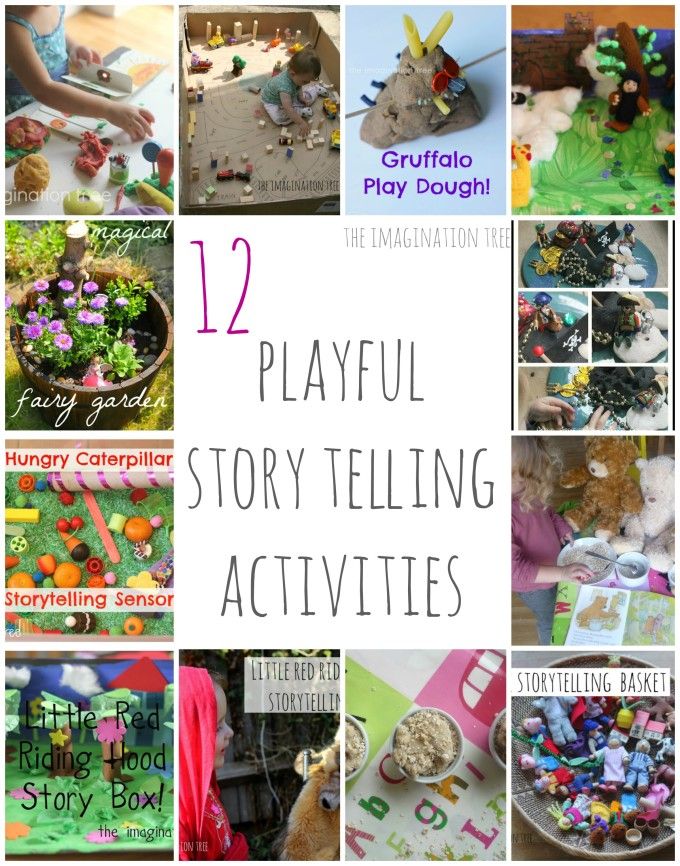 Perhaps most important, stories are one of the fundamental ways in which we each create an extended self. The developing child’s cumulative repertoire of stories gives him or her a sense of self across time and situation. As we tell stories about our selves we weave together the underlying constant inner self with the many different selves that emerge in context, William James’ experiencing “I” and many “mes.”
Perhaps most important, stories are one of the fundamental ways in which we each create an extended self. The developing child’s cumulative repertoire of stories gives him or her a sense of self across time and situation. As we tell stories about our selves we weave together the underlying constant inner self with the many different selves that emerge in context, William James’ experiencing “I” and many “mes.”
Children are not only “set” to tell stories but highly attuned to the responses of their listeners, eager to be good storytellers, driven to tell about what matters to them, and to communicate who they are. Interesting to think that by the time children are 2½, an age we have traditionally thought of as physical (i.e., sensory motor) children seem so absorbed with shaping experience into stories, and using those stories to affect the people around him. As they create an identity with their stories, children also reveal their inner lives. If you want to know what a child thinks about, listen to his stories.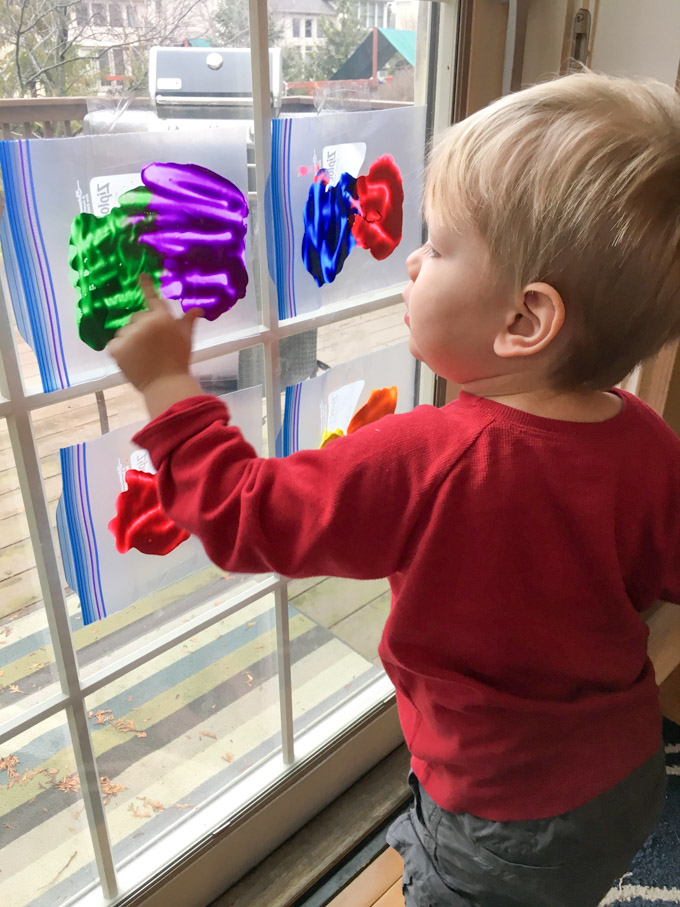
Promoting Storytelling in the Early Years
One might ask, then, what can we do to promote storytelling during the early years? There are three kinds of experiences that promote storytelling ability during the first 3 years. Having conversations, plenty of them, and long ones, with adults. Talking about the past and the future, even before your child can do this on his or her own. Hearing and participating in stories of all kinds.
Let me elaborate on each of these ideas. As anyone knows who lives or works with young children, sustained conversation can be a rare commodity in any kind of group setting. Whether its breakfast with three siblings or playtime at day care, having a conversation that involves more than three turns (someone speaks, the other responds, the first person speaks again) can be hard to come by. This is particularly true with children between 2 and 4 years old whose conversational skills can be uneven. Typically a 3-year-old offers a tidbit to get a conversation going, but depends on the adult to use that tidbit as a basis for a longer, fuller discussion.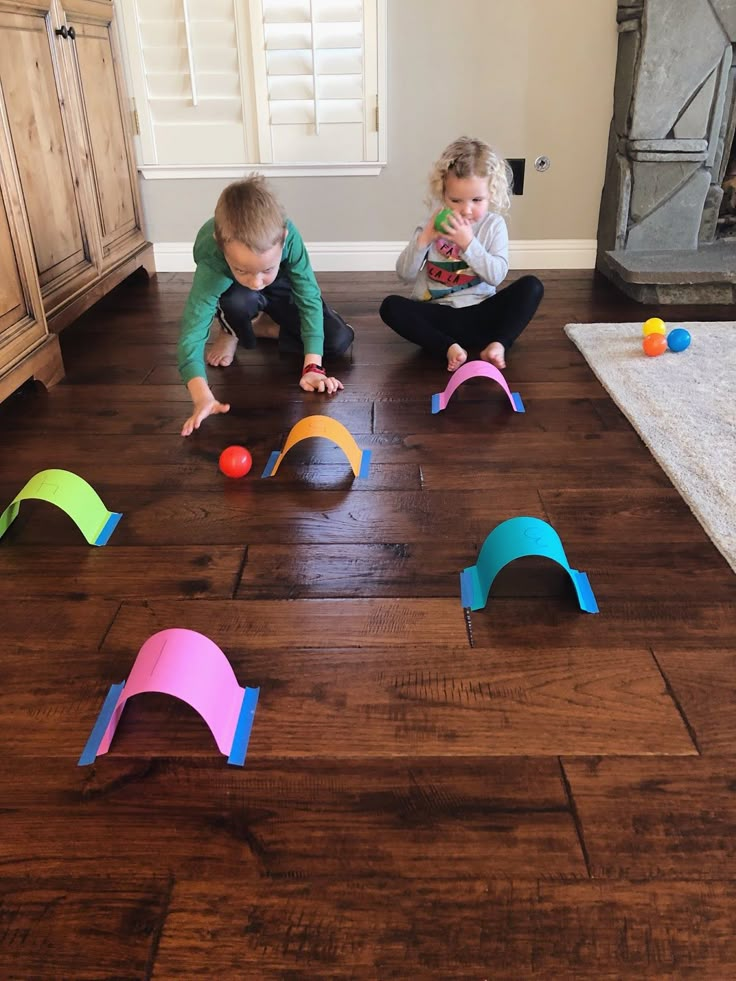 When a young child announces, “I went to a museum and saw a shark,” it is easy to nod as you continue what you were doing, or say “You did? That’s nice.” But these responses close the door to storytelling. As our research with mothers and children show, what a 3-year-old storyteller needs is a participatory audience, an adult who can ask a genuinely interested and substantive question, one that leads the child to build the story.
When a young child announces, “I went to a museum and saw a shark,” it is easy to nod as you continue what you were doing, or say “You did? That’s nice.” But these responses close the door to storytelling. As our research with mothers and children show, what a 3-year-old storyteller needs is a participatory audience, an adult who can ask a genuinely interested and substantive question, one that leads the child to build the story.
Some of the time, what this requires is simply attentive listening, another somewhat scarce phenomenon in a busy day. Many of us now know that play is truly a child’s work, and that most of their days should be spent at what is commonly called free play. But conversation is equally important to the budding storyteller. As wonderful as play-dough, dress up, and blocks are, conversations are a powerful part of any curriculum and very alluring to a child. While circle time gives children a chance to share toys or news with one another, group meetings are not conducive to long conversations.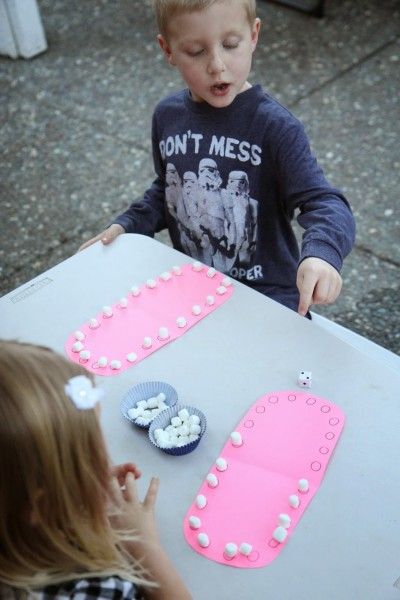 These take place most often around the snack or lunch table, at a drawing corner, or snuggled up against some pillows (Engel, 1996). These conversations in which stories are embedded are at least if not more likely to happen spontaneously as they are during a time earmarked, “Storytelling.”
These take place most often around the snack or lunch table, at a drawing corner, or snuggled up against some pillows (Engel, 1996). These conversations in which stories are embedded are at least if not more likely to happen spontaneously as they are during a time earmarked, “Storytelling.”
Listening attentively to your student, patient, or child’s stories not only has a powerful effect on their experience of telling the story, it is an invaluable source of insight into your child’s experience. One reason why it is so important to have plenty of adults working with children in group settings is so that there are enough conversational partners to go around. If you are responsible for 8–12 children by yourself it’s hard to have real conversations with all of them, each day.
A second related way to promote the development of storytelling is to talk frequently about the past and the future. Children at least as young as 16 months love to hear about their own past and about plans for the future, whether it’s what they will do later that day or about a holiday coming at the end of the month.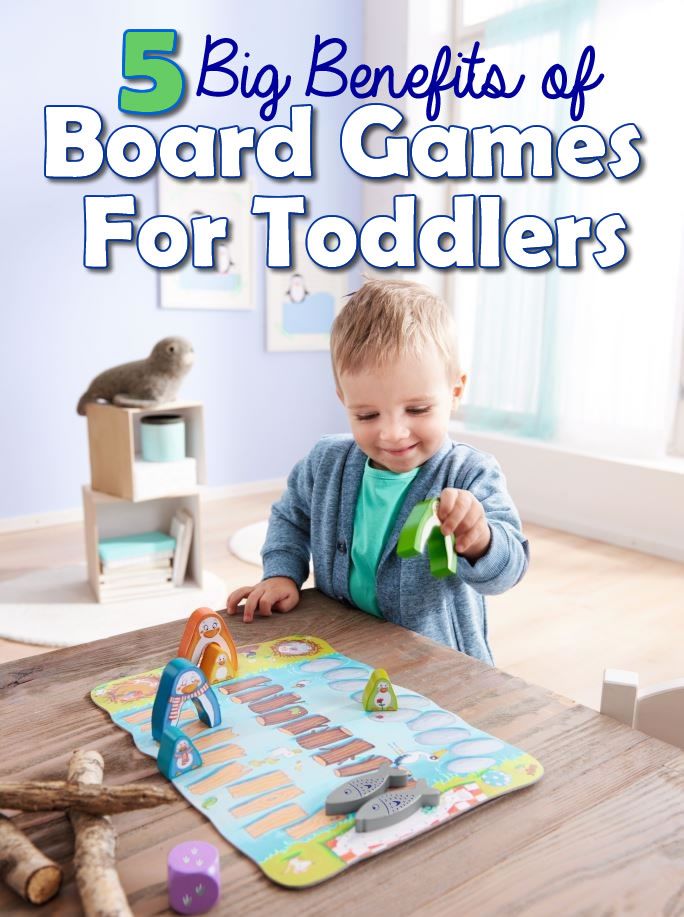 Long before children show a full understanding of the past and the future, or of time itself, they love to hear about their extended selves from those around them. In day care or therapeutic settings, having conversations with children about their lives is an essential means to building up a relationship that extends beyond the immediate context. Moreover, the more this kind of planning and reminiscing takes place, the more opportunities for them to develop an internal repertoire of stories. Children also love to hear about the lives of the adults around them. In order to develop a real relationship with a child in your care, you need to have genuine conversations. This means that you have to talk about yourself as well. Clearly we make choices about what to share and what not to share. But one-sided conversations are skimpy versions of the real thing and bar children from learning about the adults around them, and from experiencing genuine dialogue.
Long before children show a full understanding of the past and the future, or of time itself, they love to hear about their extended selves from those around them. In day care or therapeutic settings, having conversations with children about their lives is an essential means to building up a relationship that extends beyond the immediate context. Moreover, the more this kind of planning and reminiscing takes place, the more opportunities for them to develop an internal repertoire of stories. Children also love to hear about the lives of the adults around them. In order to develop a real relationship with a child in your care, you need to have genuine conversations. This means that you have to talk about yourself as well. Clearly we make choices about what to share and what not to share. But one-sided conversations are skimpy versions of the real thing and bar children from learning about the adults around them, and from experiencing genuine dialogue.
Finally, children need to hear and participate in a wide array of stories.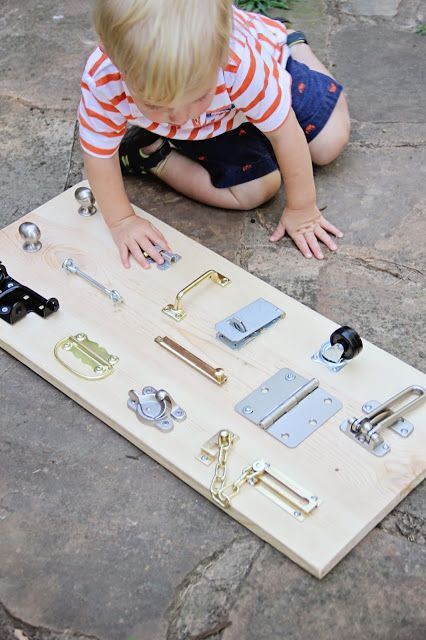 As I have tried to show, young language learners have amazingly sensitive ears for style. They relish and absorb all kinds of stories, story telling formats, and genres, from allegories to poems. It is natural to choose stories to read aloud that fit a topic of interest. For instance teachers choose stories about separation at the beginning of the year, and stories about the harvest in the fall. But it is important to choose stories as much for their language, style, and sensibility as well. Children love and benefit from stories, poems, and songs that they don’t fully understand, but that contain something (tone, rhythm, imagery, for instance) they can relate to. A good example of this is the wide appeal of T.S. Eliot’s Book of Practical Cats. Too often stories written for children about popular topics lack any kind of narrative or linguistic power.
As I have tried to show, young language learners have amazingly sensitive ears for style. They relish and absorb all kinds of stories, story telling formats, and genres, from allegories to poems. It is natural to choose stories to read aloud that fit a topic of interest. For instance teachers choose stories about separation at the beginning of the year, and stories about the harvest in the fall. But it is important to choose stories as much for their language, style, and sensibility as well. Children love and benefit from stories, poems, and songs that they don’t fully understand, but that contain something (tone, rhythm, imagery, for instance) they can relate to. A good example of this is the wide appeal of T.S. Eliot’s Book of Practical Cats. Too often stories written for children about popular topics lack any kind of narrative or linguistic power.
One of the most effective ways to show children that people live in differing communities is to share stories with them that come from those cultures.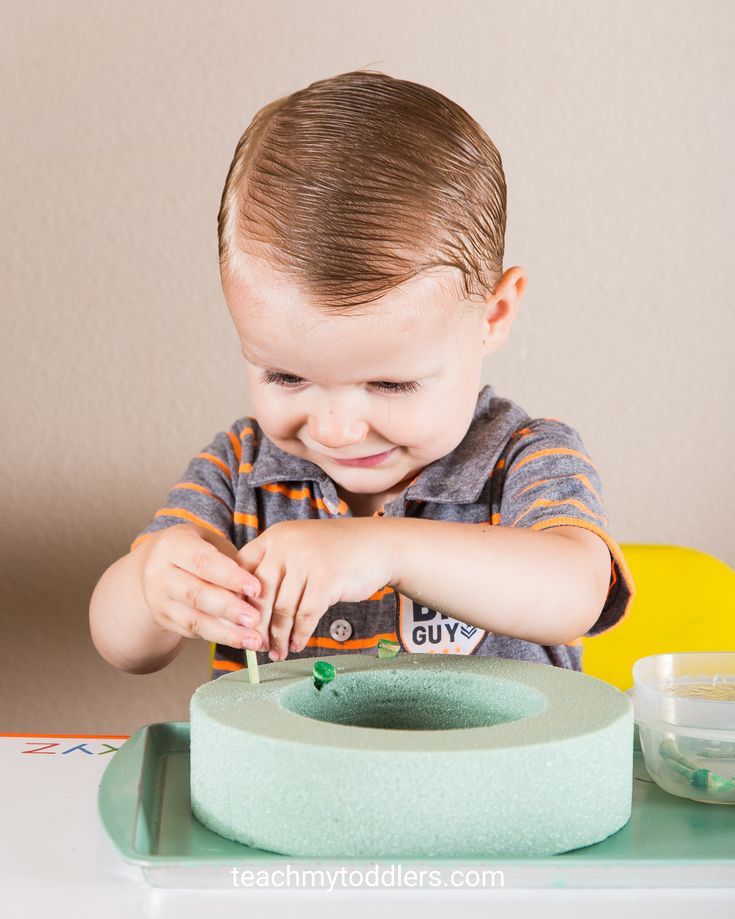 Thus, rather than hearing about a culture, they hear the culture through its narratives. It is important not only to introduce children to other communities through stories from those communities, it is also an effective way to validate the narrative styles and habits of the children one is working with. As I have tried to show, children internalize the storytelling values of their community. It can be seriously limiting for a child to enter a setting where their way of telling or responding to stories is neither accepted nor celebrated. Instead of correcting the way a child tells a story, or what they put into their story, listen, respond, and assume their style is a worthwhile one.
Thus, rather than hearing about a culture, they hear the culture through its narratives. It is important not only to introduce children to other communities through stories from those communities, it is also an effective way to validate the narrative styles and habits of the children one is working with. As I have tried to show, children internalize the storytelling values of their community. It can be seriously limiting for a child to enter a setting where their way of telling or responding to stories is neither accepted nor celebrated. Instead of correcting the way a child tells a story, or what they put into their story, listen, respond, and assume their style is a worthwhile one.
Stories need not only come in the form of books. Many communities have a flourishing tradition of oral stories. One of the most important lessons I have learned from my own research is that stories can form a tremendously rich strand of everyday spoken conversation. Here again there is room for all kinds of story telling.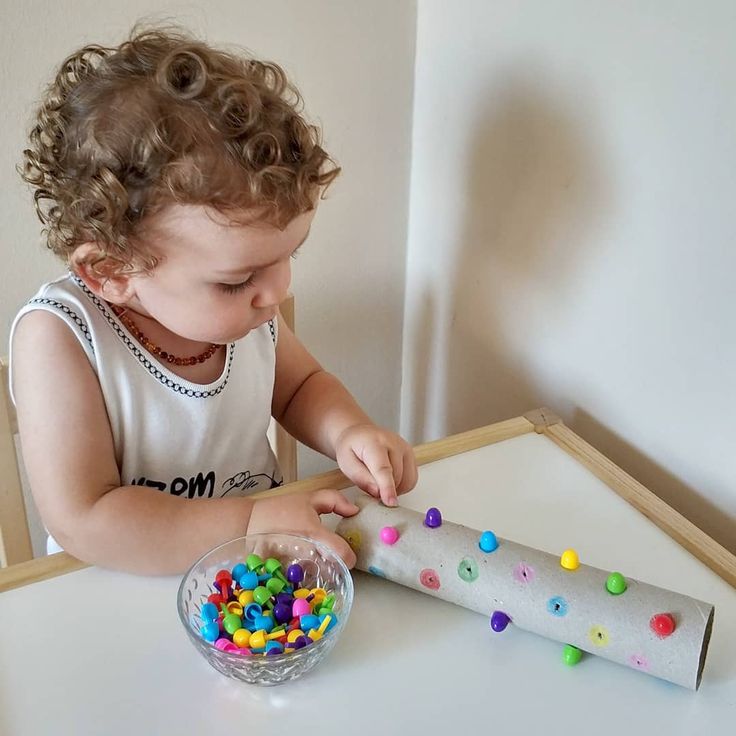 These differences can reflect personality, culture, and interest. The richer the repertoire of story telling styles a child is exposed to, the more possibilities for that child to develop his or her own powerful narrative voice, one that reflects both his community, his family, and his inner life.
These differences can reflect personality, culture, and interest. The richer the repertoire of story telling styles a child is exposed to, the more possibilities for that child to develop his or her own powerful narrative voice, one that reflects both his community, his family, and his inner life.
References
Austin, J. L. (1962). How to do things with words. New York, NY: Oxford University Press.
Brice Heath, S. (1983). Ways with words. Cambridge: Cambridge University Press.
Bruner, J. (1986). Actual minds, possible worlds. Cambridge, MA: Harvard University Press.
Engel, S. (1995). The stories children tell.. New York, NY: W. H. Freeman.
Koch, K. (1973). Rose, where did you get that red? Teaching great poetry to kids. New York, NY: Random House.
Miller, P., & Sperry, L. (1988). Early talk about the past: The origins of conversational stories of personal experience. Journal of Child Language, 15, 293–316.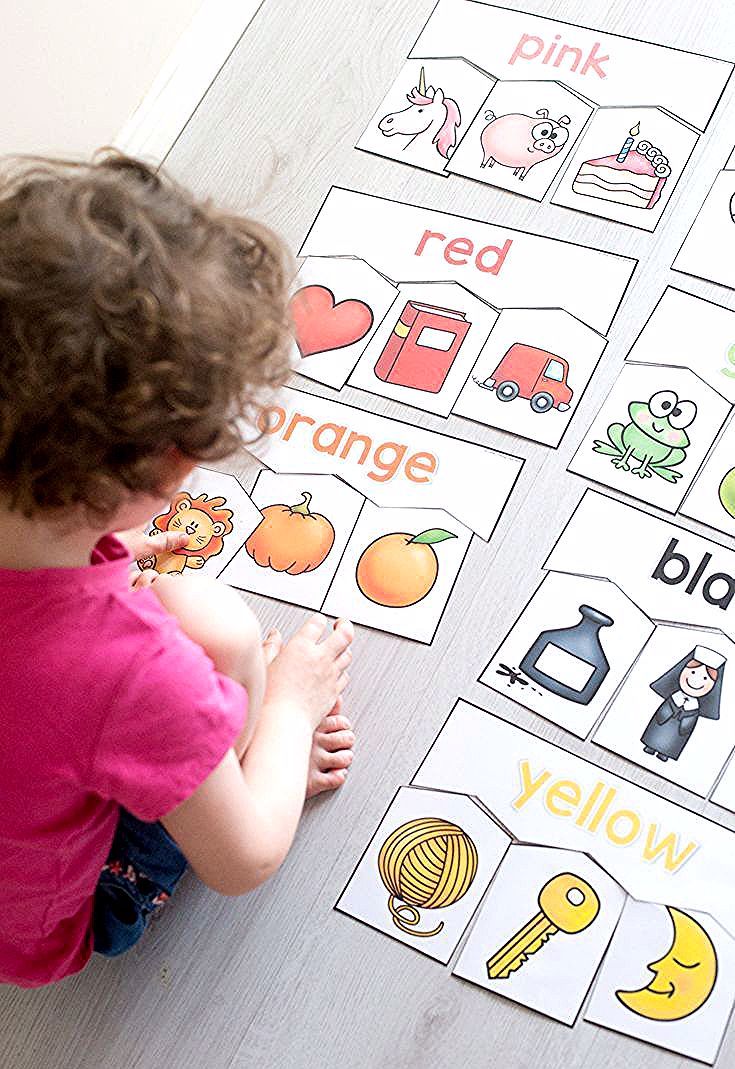
Nelson, K. (1989). Narratives from the crib. Cambridge, MA: Harvard University Press.
Schank, R. Tell me a story. New York, NY: Scribners.
Snow, C., & Ferguson, C. (1977). Talking to children. Cambridge: Cambridge University Press.
Wells, G. (1986). The meaning makers. Portsmouth, NH: Heinemann
Toddler Storytelling Tips – Happiest Baby
By Dr. Harvey Karp, MD, FAAP
Storytelling is a wonderful way to entertain and connect with your toddler. And it’s also a fantastic way to teach your toddler about character. Making up stories can more effectively teach our children lessons about right and wrong and good and bad than a direct lecture would. Think of it as planting seeds of kindness that slowly take root in your child’s spirit. It is no exaggeration to say that for young children hearing is believing.
But even if you have a rapt audience in front of you (aka your adoring tot), you might have trouble figuring out how to get started.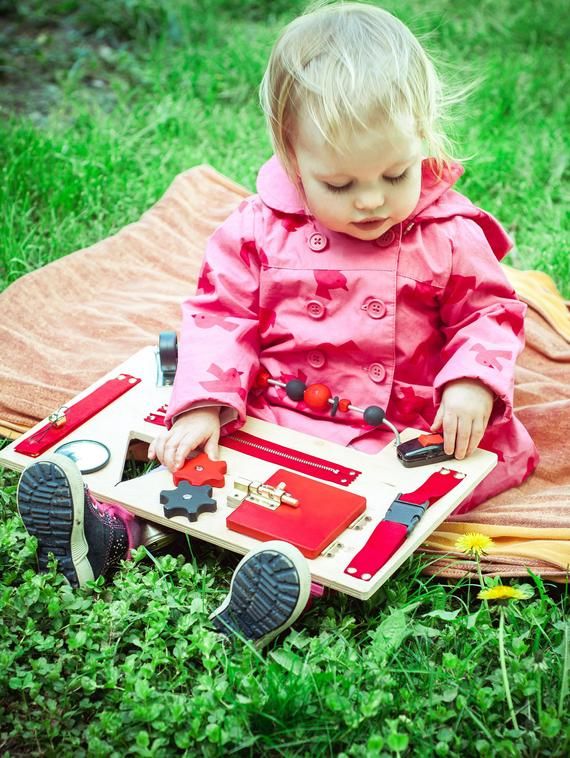 That’s where these storytelling tips come in! Here’s how to craft your own special stories tailored to your child’s particular needs.
That’s where these storytelling tips come in! Here’s how to craft your own special stories tailored to your child’s particular needs.
The Beginning: “Once Upon a Time”
Your goal at the beginning of a story is to capture your child’s imagination . . . with lots of description. Start out by saying a few sentences about what the little animal hero of your story is doing and feeling (think of both her emotional feelings and her five-senses feelings).
- What does the pony princess see, smell, wear, sing, eat for lunch?
- How does the sun feel on her face?
- How do the flowers smell? Is she happy, sad, curious, silly?
- What does she see on her walk home from school?
Within a minute, your tot will start feeling snuggly and interested and her mind’s trusting side door will swing open.
The Middle: “But Then”
Now weave in a little lesson about a specific behavior or value that you want your child to learn—sharing, helping others, telling the truth, saying thank you, et cetera.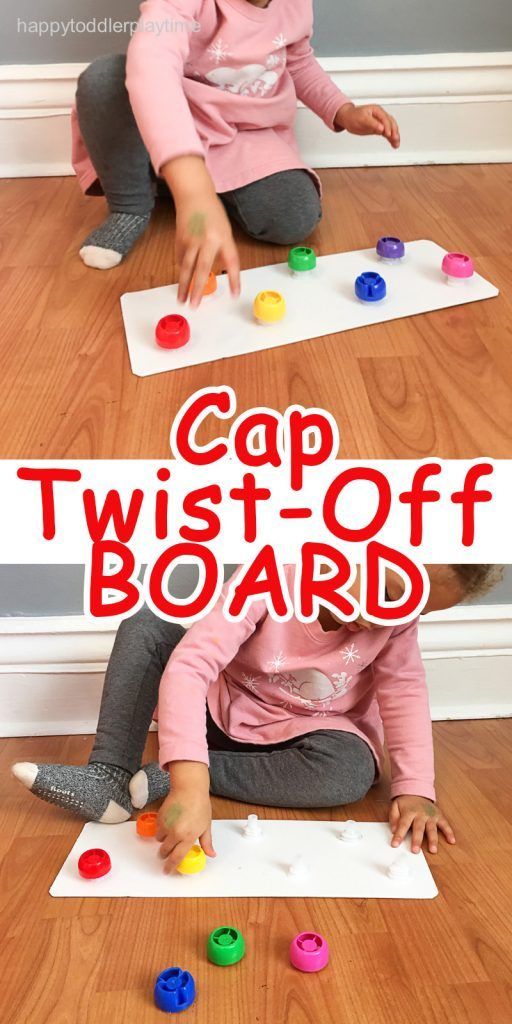 This is where you introduce the “problem” that has to get resolved by the end.
This is where you introduce the “problem” that has to get resolved by the end.
But then, when she got home from school, the little pony wouldn’t take turns; or told her mommy she washed her hands . . . but she hadn’t; or teased her baby brother till he cried, etc.
- Why did she do it?
- How did her mommy feel about it?
- What did her mommy say or do? (Remember to use some of your Fast-Food Rule and Toddlerese at this part)
- What did the little pony finally do that made her mom happy?
The End: “Happily Ever After”
Toddlers love happy endings, so always finish your stories with the problem being solved, the animals being safe, and everyone living “happily ever after.”
. . . And then the princess came home safe to hugs, kisses, and her favorite macaroni and cheese and broccoli for dinner. And everyone lived happily ever after!
Tips to Make You a Star Storyteller
Make the main characters happy little animals.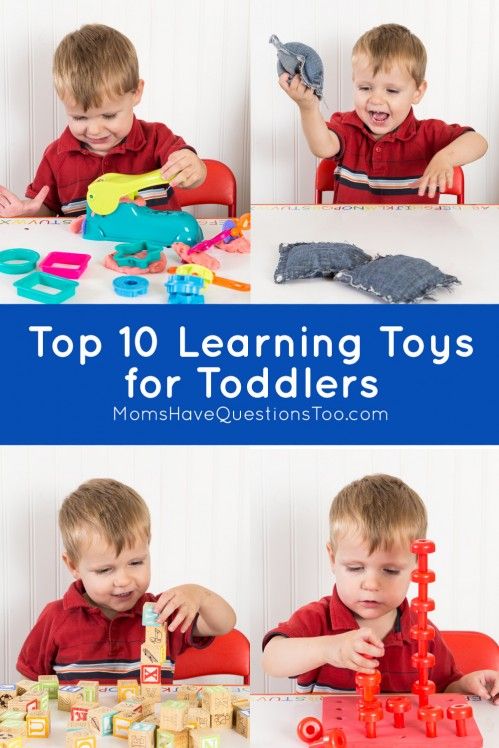 Pick names like Steven the Mouse or Mimi the Moose. Don’t use children as characters. They may seem too real for the under-5 set.
Pick names like Steven the Mouse or Mimi the Moose. Don’t use children as characters. They may seem too real for the under-5 set.
Tell stories where the weak triumph over the strong. Kids love the three little pigs defeating the wolf or Jack outsmarting the giant because the little, weak guys win in the end.
Be a ham! Embellish your story with whispers, funny voices, dramatic faces, and some waves of your hands to keep your child’s attention.
If your child is more verbal, ask for suggestions. While you tell the story, ask: “And what do you think she said then? Why do you think he was mad?”
Have fun adding little “helpers.” Kids love angels, fairies, talking toads, or friendly trees who come to the hero’s rescue.
Include an animal who is grouchy and mean (but not too scary). Include some characters who are a little ill-mannered and have them keep messing up (like “boobs”) but they ultimately learn how to behave and become the hero’s friend.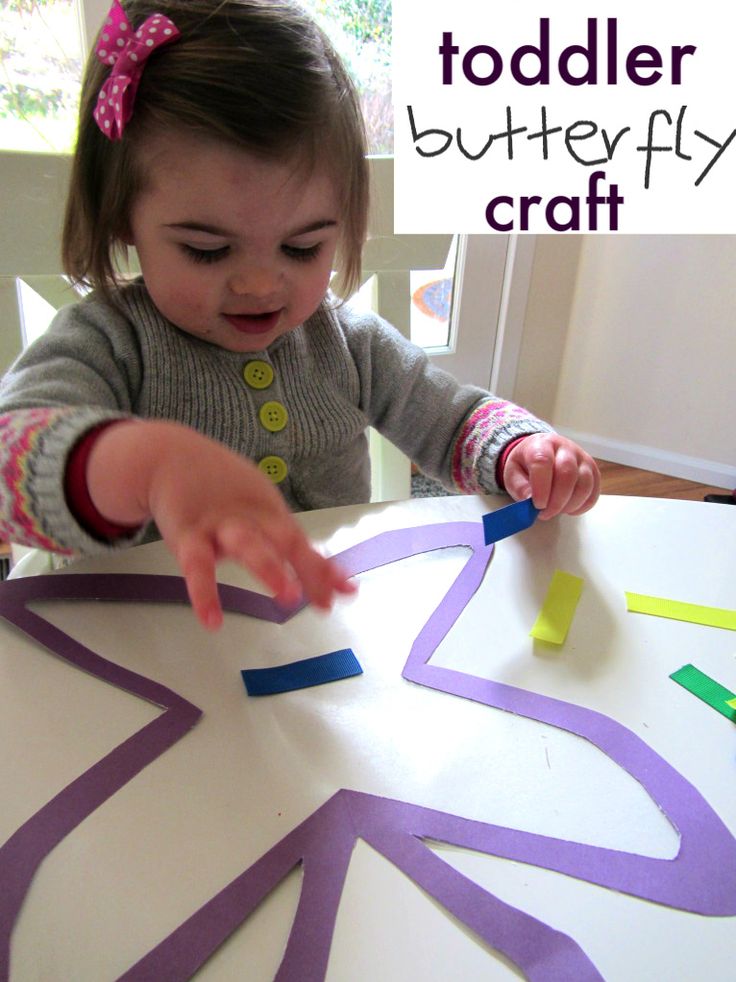
Toss in lots of special words. Toddlers love words like “party,” “secret,” “castle,” “princess,” “superhero,” “flying,” “magic,” “presents,” “toys,” “surprise,” etc.
Storytelling in Practice
One mother shared the fairy tale she made up to help her toddler have less trouble separating from her in the mornings when she had to go to work:
Once upon a time there was a little girl Froggie named Hoppy. She was as green as peas and loved to eat cereal for breakfast with crunchy flies in it!
Poor little Hoppy was worried every time her mommy hopped off the lily pad to go to work. But she had a talking teddy bear, and whenever she got sad she cuddled him tight and they would sing her favorite song together (‘Old MacDonald’!)…and play house…and sometimes even have a tea party!
That helped Hoppy be happy. She was also happy when she put her hand in her pocket and touched the magic handkerchief that her mom gave her to help her smile when she was sad.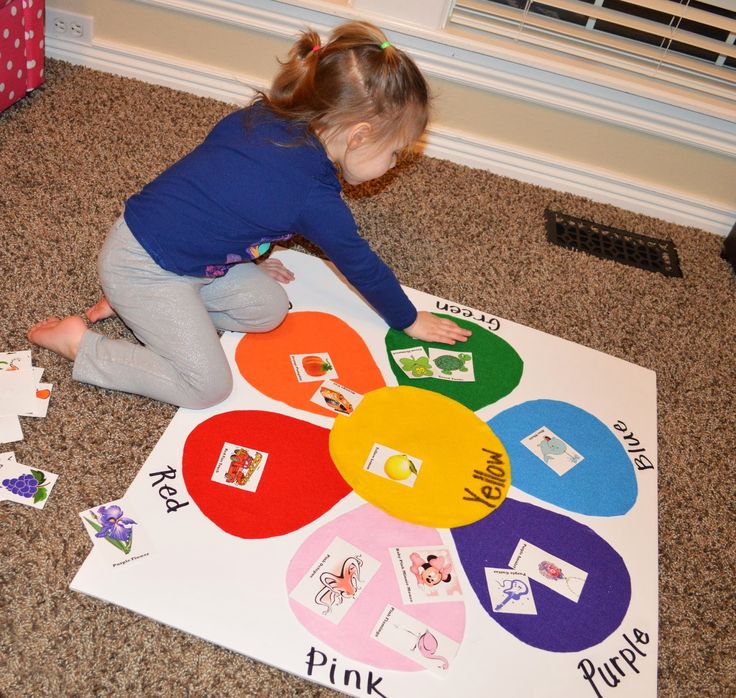
Then, before she knew it, her mommy always, always, always came hopping back home to the lily pad with kisses and lots of yummy, sweet, crunchy flies to eat…and they all lived happily ever after…The end!
About Dr. Harvey Karp
Dr. Harvey Karp, one of America’s most trusted pediatricians, is the founder of Happiest Baby and the inventor of the groundbreaking SNOO Smart Sleeper. After years of treating patients in Los Angeles, Dr. Karp vaulted to global prominence with the release of the bestselling Happiest Baby on the Block and Happiest Toddler on the Block. His celebrated books and videos have since become standard pediatric practice, translated into more than 20 languages and have helped millions of parents. Dr. Karp’s landmark methods, including the 5 S’s for soothing babies, guide parents to understand and nurture their children and relieve stressful issues, like new-parent exhaustion, infant crying, and toddler tantrums.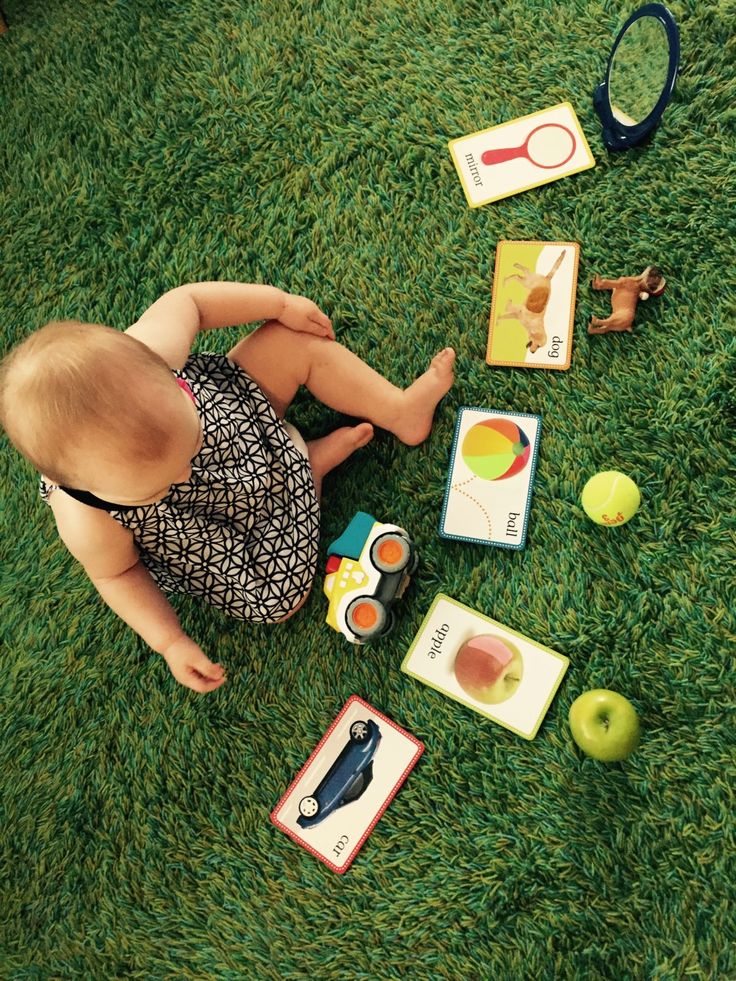
Have questions about a Happiest Baby product? Our consultants would be happy to help! Connect with us at [email protected].
Disclaimer: The information on our site is NOT medical advice for any specific person or condition. It is only meant as general information. If you have any medical questions and concerns about your child or yourself, please contact your health provider.
Fairy tale box. Storytelling game
WHAT IS A BOX OF FAIRIES?
Arguably the best imaginative and storytelling board game in the galaxy.
The meaning of the game is to tell a story. And it's not so easy, because your character will travel through a bizarre world, get into strange places and unforeseen situations, and get out of them with the help of random items. Where you will go, what you will have at hand, who you will meet on the way - the cube, the "roulette of fate" and chance will decide, almost like in life.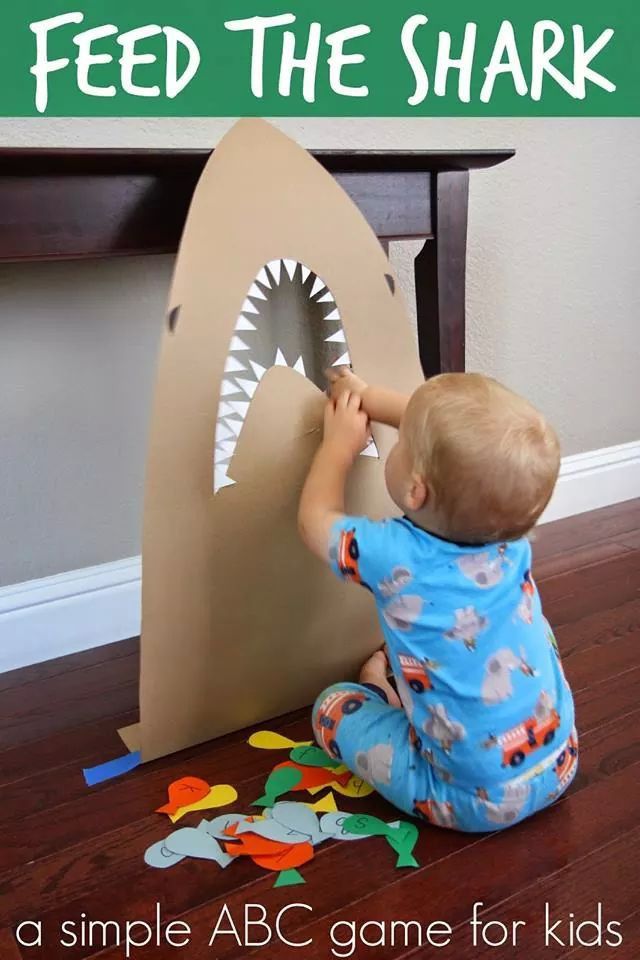 Your task is to weave a wonderful web of history out of all this and not get confused in it yourself. And you will need fantasy and mastery of the word.
Your task is to weave a wonderful web of history out of all this and not get confused in it yourself. And you will need fantasy and mastery of the word.
You can play both together and in a large company, and of course, you can and should - with children. The party can last from half an hour to the whole evening. The age of the players is from 5 to 99. The rules are simple and flexible, the scope for creativity is almost endless.
The mechanics of The Box of Fairy Tales are designed to create a situation for the development of natural creativity without limiting the freedom of expression. It is inherent in competitiveness - but without a subjective assessment of the "quality" of fairy tales; focus on a friendly atmosphere and support during the game - but also the opportunity to "put a pig" on a partner; an element of chance - but thoughtfulness and balance.
I want to buy!
What does a game consist of?
Game board cards
20 very different locations.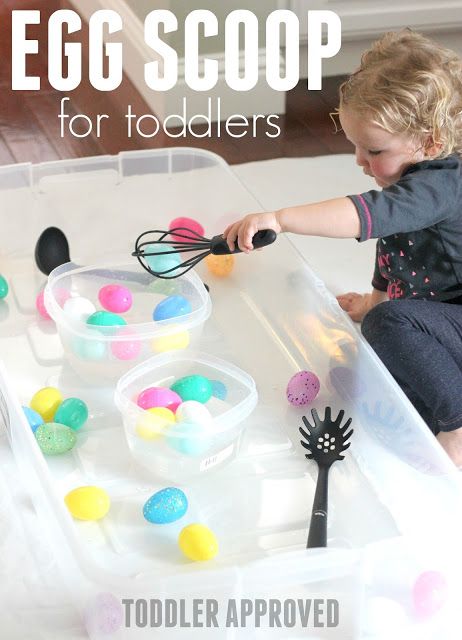 From them, a map of your history is compiled - from all (if you are not in a hurry) or from only a few. The characters will travel along it. The colorful illustrations are created according to the Wimmelbuch principle, with many details. They set a fabulous atmosphere and become starting points to the worlds of your imagination.
From them, a map of your history is compiled - from all (if you are not in a hurry) or from only a few. The characters will travel along it. The colorful illustrations are created according to the Wimmelbuch principle, with many details. They set a fabulous atmosphere and become starting points to the worlds of your imagination.
Characters
26 figures on stands - the characters of your future stories. What will you become today - a princess or a witch? Knight or Rogue? Or maybe a dwarf or a fairy? Or an alien monster?
You can choose your favorite heroes, give them names and give them any character properties (but remember that these properties will have to affect the game and the behavior of your character).
Items
80 tokens with items. The player who manages to use the items he got in his fairy tale receives additional points.
Stuff
Destiny Roulette - indicates what will happen to the character on the playing field during his turn.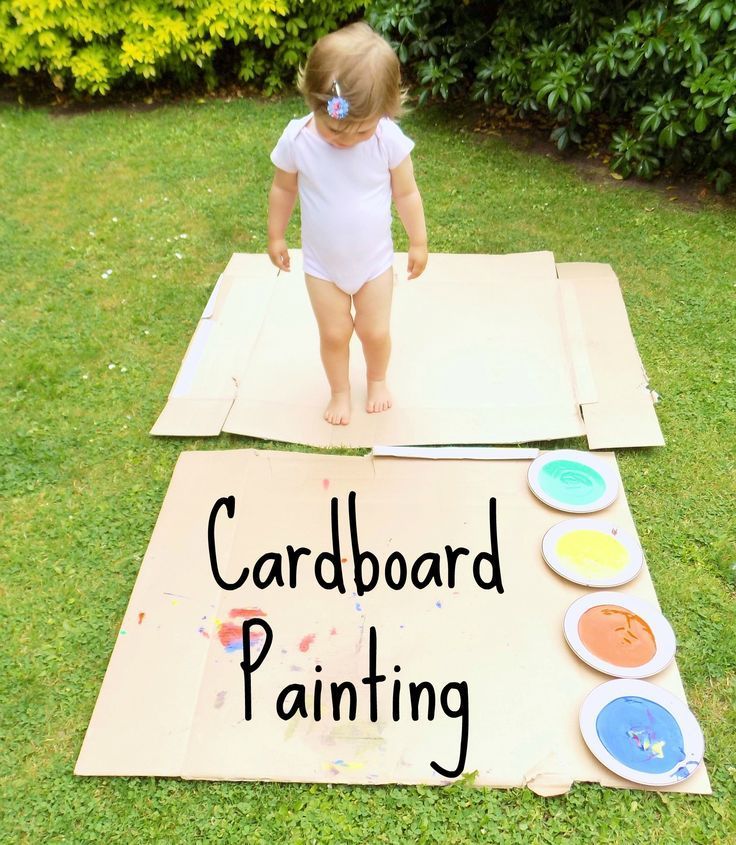
Cube - determines where you will go (forward, backward or stay in place).
Hourglass - counts the time of the move, helping you to focus on the most important and not be distracted by trifles.
Number of players
from 2 to 10
Party
from 30 minutes to evening
Age
from 5 years
Simple rules
are explained in 15 minutes
Storysticking - the oldest, amazing art, amazing art, amazing art, amazing art accessible to everyone, but almost forgotten today. This is a way of creative understanding and transformation of the world, inherent in man from time immemorial. We would very much like to see it revived and developed.
| I want to! |
| More details |
This game helped me come up with the best of my true stories.
I swear by my cocked hat!
Carl Friedrich Jerome
von Munchausen
Baron
If I had this game, I would tell fairy tales for at least 5000 nights in a row!
Scheherazade
princess
If you use this game to compose fairy tales, you will definitely not be able to fall asleep!
Ole Lukoye
storyteller
Who is our game for?
For inveterate dreamers and inventors — it will become a favorite leisure activity
For mothers — it will help tell kids bedtime stories
For children from 5 years old — it will develop creativity, non-standard thinking, and of course, speech in a child
For creative people — will inspire new ideas
For anyone who would like to learn how to invent and tell — it will help “wake up” their imagination and science learn how to build a story
For connoisseurs of board games - will become a "trick" of the collection
What develops and what will be useful for?
Develops creativity, imagination, the ability to think creatively and outside the box
Develops oral speech, the ability to build a coherent narrative
Can serve as an excellent tool for language development in bilingual children, as well as for learning a spoken foreign language
Helps the child in a playful way live emotions and fears, work out stressful situations.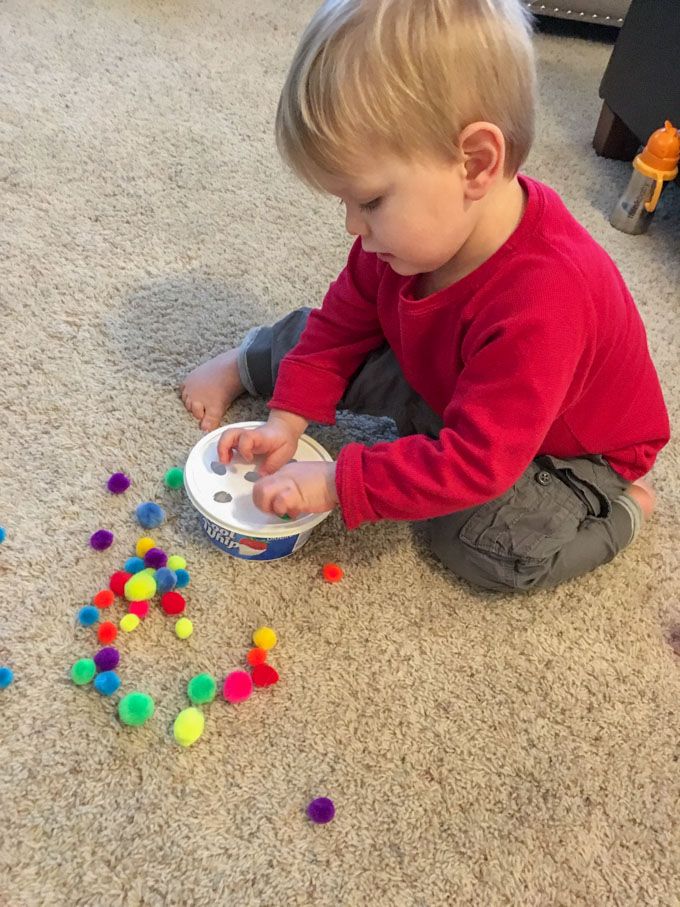 It will become an indispensable tool in psychological work with children, fairy tale therapy and art therapy
It will become an indispensable tool in psychological work with children, fairy tale therapy and art therapy
"A box of fairy tales"
2950
r.
3300
| Buy now! |
And we also have a new board game - a giant fairy-tale adventure "Wonders and Monsters"!
You can find out all the details about it and order it on the website of our publishing house papermagic.ru
| Buy! |
Click to order
8 great storytelling books and life hacks from top TED speakers
"I cried."
These are the first words of a book that can no longer be put aside. Its author succeeded - literally! Grab the reader's attention from the first line. All things will wait, because right now it is necessary to figure out what brought a person to tears.
Don't worry, it's just that Akash Karya ate the dog on exciting stories that are able to control the emotions of listeners. A professional speaker from dozens of top speakers in the Asia-Pacific region, a titled trainer, author of courses and books on public speaking. One of them is “Inspire with your speech. 23 rules of storytelling from the best TED speakers” is based on the most outstanding speeches of the famous conference.
A professional speaker from dozens of top speakers in the Asia-Pacific region, a titled trainer, author of courses and books on public speaking. One of them is “Inspire with your speech. 23 rules of storytelling from the best TED speakers” is based on the most outstanding speeches of the famous conference.
TED is abbreviated from the first letters of the words "technology, entertainment, design". The annual conference brings together people with breakthrough and unique ideas from different walks of life. All speakers have only one thing in common - they are brilliant speakers, easily talking about complex things, teaching through entertainment and completely owning the attention of the audience. It is this - the ability to talk about anything in an accessible and exciting way - that the book “Inspire with Your Speech” is dedicated to.
Recently, storytelling has become increasingly important. In a world of large-scale competition and increased demands, it is important not only what you are, but also how you can present it. We have only a few seconds to impress the interlocutor, and sometimes the success of the whole business depends on these seconds. In a job interview or in a meeting, during a presentation or on a date, in negotiations, at a party or on a personal blog - the ability to tell stories today is more appreciated than ever.
We have only a few seconds to impress the interlocutor, and sometimes the success of the whole business depends on these seconds. In a job interview or in a meeting, during a presentation or on a date, in negotiations, at a party or on a personal blog - the ability to tell stories today is more appreciated than ever.
We've selected 8 excellent books on the art of public speaking so that you won't have an equal in this matter. And they were accompanied by valuable advice from TED speakers from Akash Karia's book Inspire Your Speech.
1. Start brightly. Whether it's performing in front of an audience or the first line on your success blog, remember that the start of your speech is one of the most important parts of it. Ask a question, make a joke, say something unexpected. Use the first impression to the fullest, otherwise you may simply not be given a second chance.
Inspire with your speech. 23 storytelling tools from top TED Talks speakers
Karia A.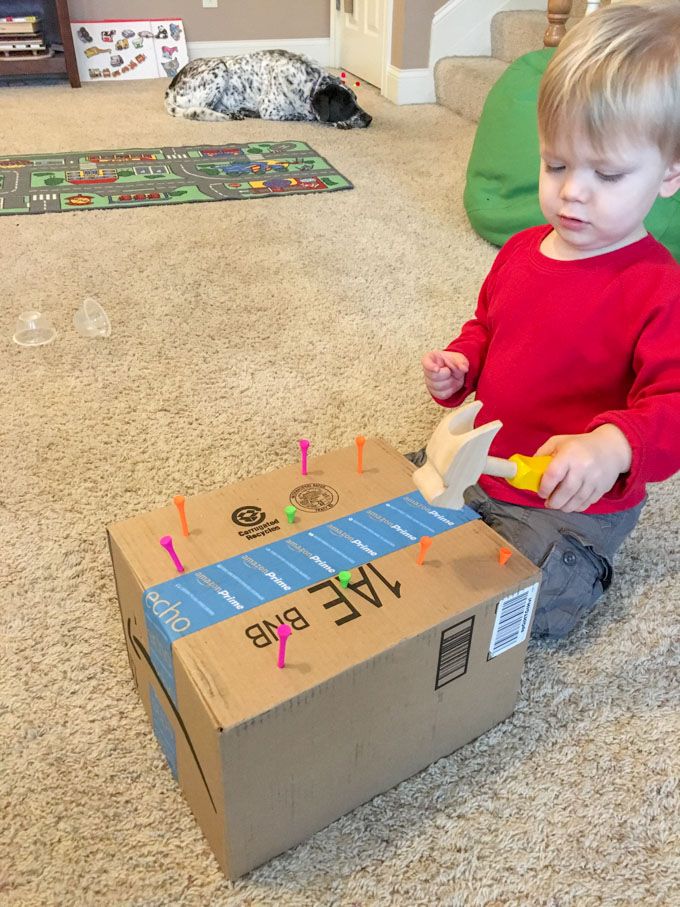
“Storytelling is a really powerful tool that helps you turn facts you want to share into stories others want to hear.”
To learn more about the rewarding and exciting business of storytelling, read a great speaker's book about other great speakers. It is based on real examples of speeches, and at the end of each chapter there are brief conclusions. Together they form 23 important rules. By adopting these rules, you can share any information so that everyone will listen only to you. This skill is useful both at work and in the company of friends.
2. Talk about yourself. Both in a broad sense - about what is interesting for you, and directly about your emotions and impressions. Your experience is unique, and people like to learn new things. In addition, the sincere passion of the author is always felt and transmitted to others.
The Million Dollar Story: A Masterclass for Screenwriters, Writers and More
McKee R.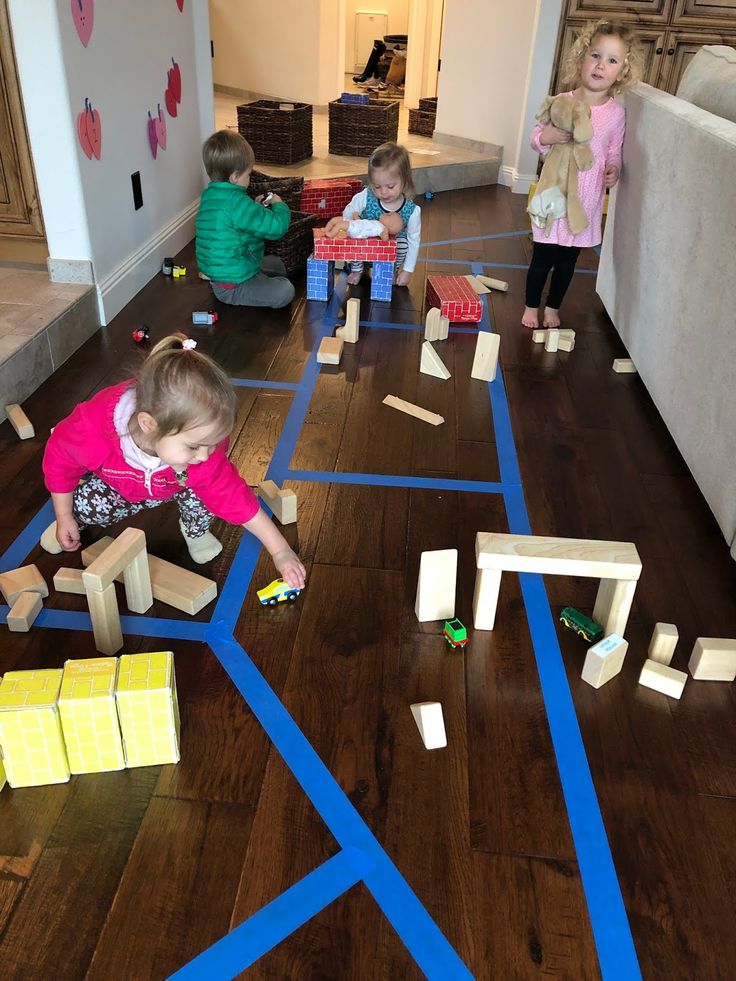
“While graphomaniacs compose text as fast as they can type, screenwriters subject it to merciless reduction, striving to express the absolute maximum with the minimum number of words. Once Pascal wrote a long, lengthy letter to his friend, and in a postscript he apologized for not having enough time to write a short one.
Learning to tell stories from industry professionals. The author of this book, Robert McKee, is a practicing screenwriter and one of the most famous teachers of screenwriting theory. His seminars were attended by William Goldman, Kirk Douglas and David Bowie, and this book was appreciated by public relations specialists, marketers, politicians and everyone who deals with the word. Now you have the opportunity to learn from the best. The knowledge gained in this book will help you write reports and presentations, tell interesting stories, and even write a script if you want.
3. Don't overload history. Ask yourself a question: if after my speech people remember only one thing, what will it be? Build your speech so that everything you say is directed precisely at the main idea.
Ask yourself a question: if after my speech people remember only one thing, what will it be? Build your speech so that everything you say is directed precisely at the main idea.
Write and speak! Storytelling as a Tool for Happiness and Business
Kuznetsova T.
“I am sure that even the most serious and boring topics can be told in an interesting way. The path to this is simple: the desire to be interesting. Having a lot of speaking practice and work on preparing speakers, I came up with a formula for a successful presentation. It has two components for me: the ability to give and the joy to receive. But it’s not easy to give knowledge so that they want to take it! And it’s incredibly nice to receive gratitude for the fact that this knowledge has helped someone.”
A teacher with extensive practical experience talks in his book about how to become interesting to his students. And at the same time speak competently, politely and to the point.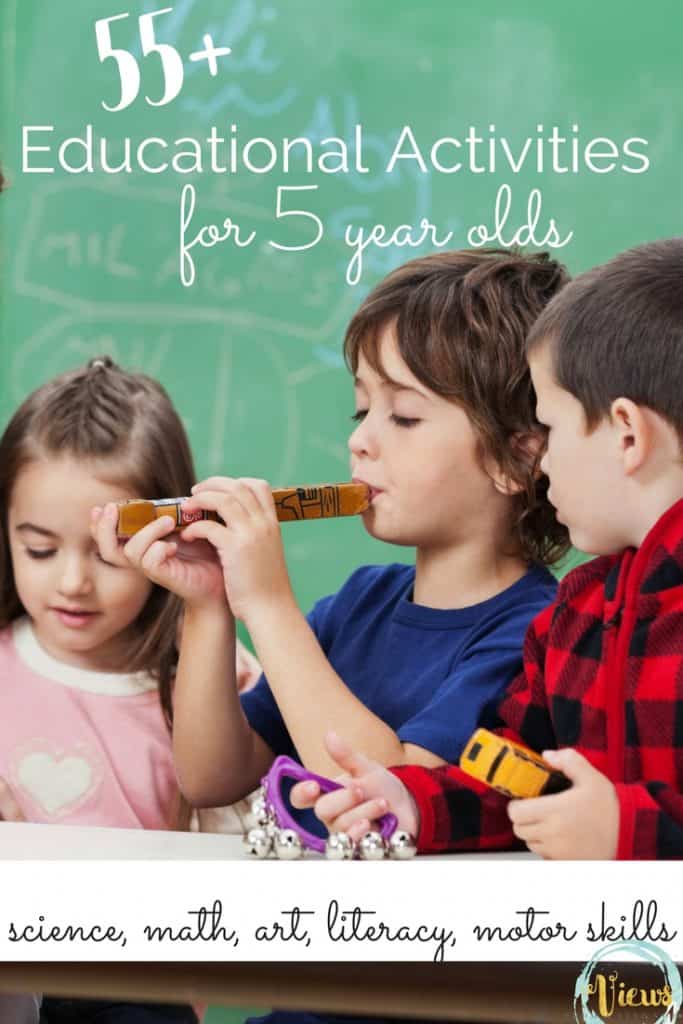 After all, each of us at some point in our adult lives understood how much at school depended on teachers and their ability to tell stories. We certainly would have known some subjects better if the teacher had been a more impressive speaker. Others, sometimes not even within the scope of our interests, that is why we still remember. With the help of this book, you will not only learn more about storytelling, but also deal with the right accents and parasitic words, learn how to invent beautiful images, eloquently tell stories about yourself and the business you love, and, of course, enjoy public speaking.
After all, each of us at some point in our adult lives understood how much at school depended on teachers and their ability to tell stories. We certainly would have known some subjects better if the teacher had been a more impressive speaker. Others, sometimes not even within the scope of our interests, that is why we still remember. With the help of this book, you will not only learn more about storytelling, but also deal with the right accents and parasitic words, learn how to invent beautiful images, eloquently tell stories about yourself and the business you love, and, of course, enjoy public speaking.
4. Inspire. Stories with a positive message lift listeners emotionally and help them feel sympathy for the speaker (i.e. you). People will be grateful for your pleasant feelings, even if they don't realize it.
Master of the word. Secrets of Effective Communications from America's Leading Speaker
Gallo K.
“In the 21st century, thoughts and knowledge are of great importance.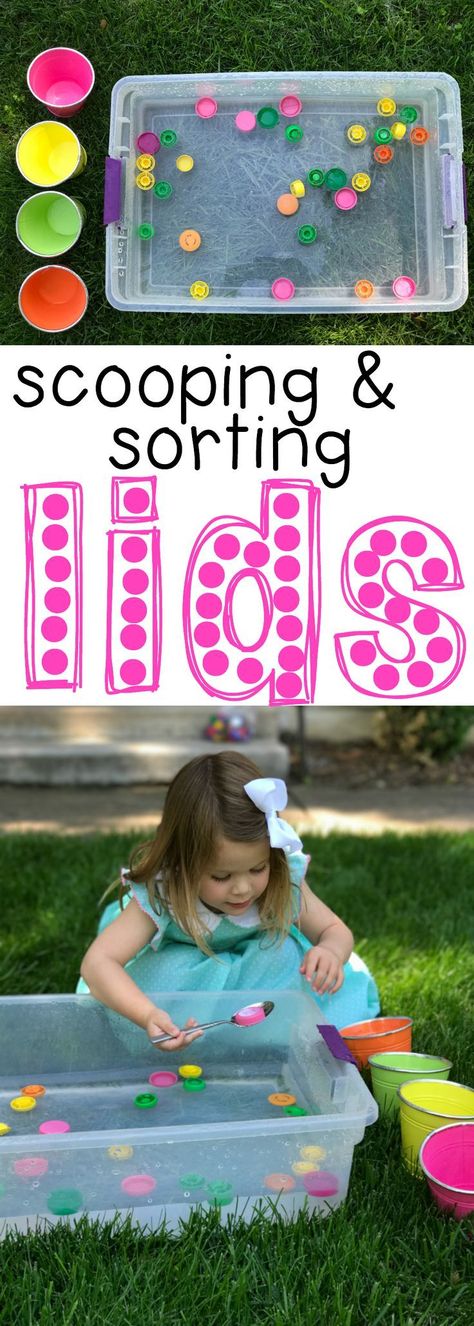 Therefore, each of us is worth exactly as much as his ideas are worth. However, not only they are important, but also the ability to convince. In the era of globalization, automation, artificial intelligence and the complexities associated with them, it is more than ever necessary to be able to convey a message. A person who knows how to convince gains a competitive advantage over the rest. He becomes indispensable."
Therefore, each of us is worth exactly as much as his ideas are worth. However, not only they are important, but also the ability to convince. In the era of globalization, automation, artificial intelligence and the complexities associated with them, it is more than ever necessary to be able to convey a message. A person who knows how to convince gains a competitive advantage over the rest. He becomes indispensable."
The author of this book, the famous TED speaker Carmine Gallo, knows for sure that the gift of persuasion is not a gift at all, but a technology. Accessible, by the way, to everyone. The ability to speak and negotiate is a valuable resource of the modern world, on which success in life largely depends. Career growth and the best partnership agreements, successful cooperation and the ability to overcome crisis situations with minimal losses - all this and much more depends on oratory skills. This book contains practical techniques and powerful tools that will help you become someone who will be called “he has a gift!”.
5. Use the dialog. Diversify your speech with questions and appeals directly to the audience, remarks with which the listeners will agree, and remarks with which they will definitely want to argue. This will enliven communication and increase the involvement of all those present.
You have 8 seconds. How to present and sell an idea
Hellman P.
“Honestly, every person is a leader in one way or another: you, I - we all introduce ourselves to others every day. Even if you work from home, from the moment you pick up the phone and say “hello”, people will make a whole range of conclusions about you: about your intelligence, attitude, and all this only on the basis of how your voice sounds. The same thing happens with emails. You see, moments are not as fleeting as they seem.
In 2015, Microsoft conducted a study on attention span. His conclusion may well come as a surprise: “People now have a shorter attention span than goldfish… Just eight seconds.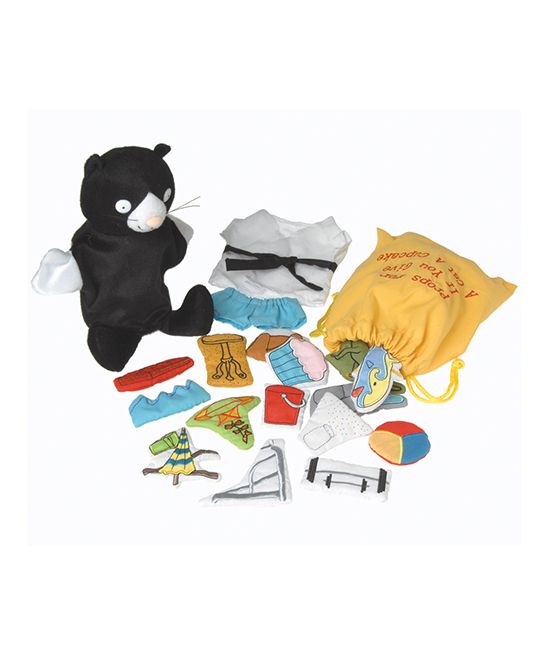 ” This conclusion is the reality in which we all live, and the first thing to do is to accept it as a given. And then start to figure out how to act in this reality in order to quickly attract the attention of the audience and keep it for the period you need. Paul Hellman's book is about just that.
” This conclusion is the reality in which we all live, and the first thing to do is to accept it as a given. And then start to figure out how to act in this reality in order to quickly attract the attention of the audience and keep it for the period you need. Paul Hellman's book is about just that.
6. Consider dramaturgy. If the audience follows the even and consistent enumeration of even the most interesting facts, its attention will inevitably fade quickly. To prevent this from happening, come up with some kind of conflict - difficulties in the course of the story. And, of course, safely overcome them.
Speak Like a God
Chernova K.
“I am deeply convinced that every person has a beautiful, voluminous voice, you just need to find it, open it and learn how to control it. By the way, many girls and women come to me with a problem: they say that my “childish” voice is too high and because of this they don’t take me seriously . .. The head resonator is responsible for the high notes in our voice, in most cases these girls are his and they use it, and when they understand that it is possible to speak not only with the “head”, but also with the nose, mouth, chest, then a miracle happens and the voice becomes lower, more voluminous - more serious, in the end.
.. The head resonator is responsible for the high notes in our voice, in most cases these girls are his and they use it, and when they understand that it is possible to speak not only with the “head”, but also with the nose, mouth, chest, then a miracle happens and the voice becomes lower, more voluminous - more serious, in the end.
If there is a physical cause (or one that appears to be) at the root of communication difficulties, this is the book to start your journey to the stage with. Ksenia Chernova, a coach for leading politicians and big business owners, explains in her book that even an “unpleasant” voice can be corrected. Just like learning to hold your breath, improve the timbre and pace of speech, feel your body and make friends with it for the most impressive public performances.
7. Use the maximum number of senses. Do not just describe some things and objects. Give listeners the opportunity to "hear" and "feel" them..jpg) Add details that help people imagine their size or texture, sound or taste, compare and relate to something familiar.
Add details that help people imagine their size or texture, sound or taste, compare and relate to something familiar.
TED TALKS. Words change the world. The first official guide to public speaking
Anderson K.
“You should not take the advice in this book as rules that prescribe a certain way of speaking. Consider that I offer you a set of tools that will help you achieve diversity. Use the ones that are right for you and appropriate for the environment in which you will perform. Your only job is to have something important to talk about, and in a way that only you can. And it's much more natural than it looks."
Another guide to effective communications from a brilliant TED speaker. A book that will help you easily convey your ideas and thoughts, make impressive presentations, undividedly own the attention of the whole room and lead the audience to precisely those feelings, emotions and conclusions from what you hear that you need.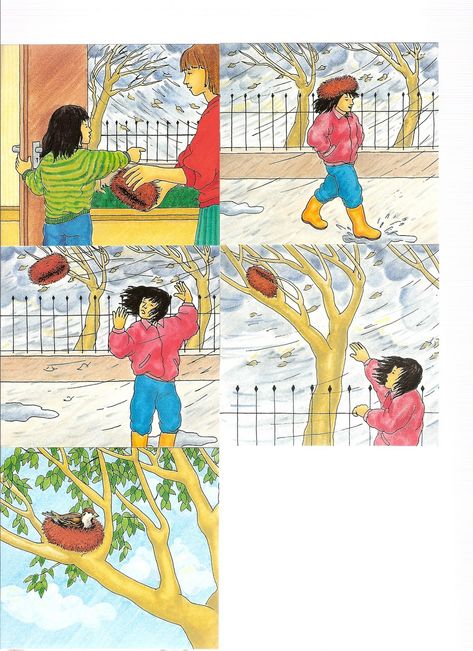 Another book that proves that the talent of a storyteller is the work of the storyteller himself, if he set out to master the art of storytelling.
Another book that proves that the talent of a storyteller is the work of the storyteller himself, if he set out to master the art of storytelling.
8. Keep it simple. The ability to talk even about complex things in simple terms is an advantage that an appreciative audience will appreciate. Especially if she has to perceive information by ear. In writing, infographics greatly facilitate the storytelling - at the same time, they also look stylish and are remembered better.
From idea to villain. Learn to create stories with Pixar
Mowshowitz D.
“I would like to draw your attention to the fact that in this book I focus exclusively on Pixar's storytelling techniques and ignore many other effective storytelling techniques. Despite the many risks that Pixar takes and the desire to give each film a soul, fully immersed in production, the studio still produces big-budget films for the whole family that leave no one indifferent.